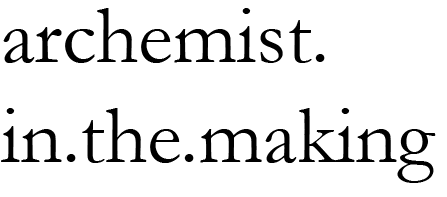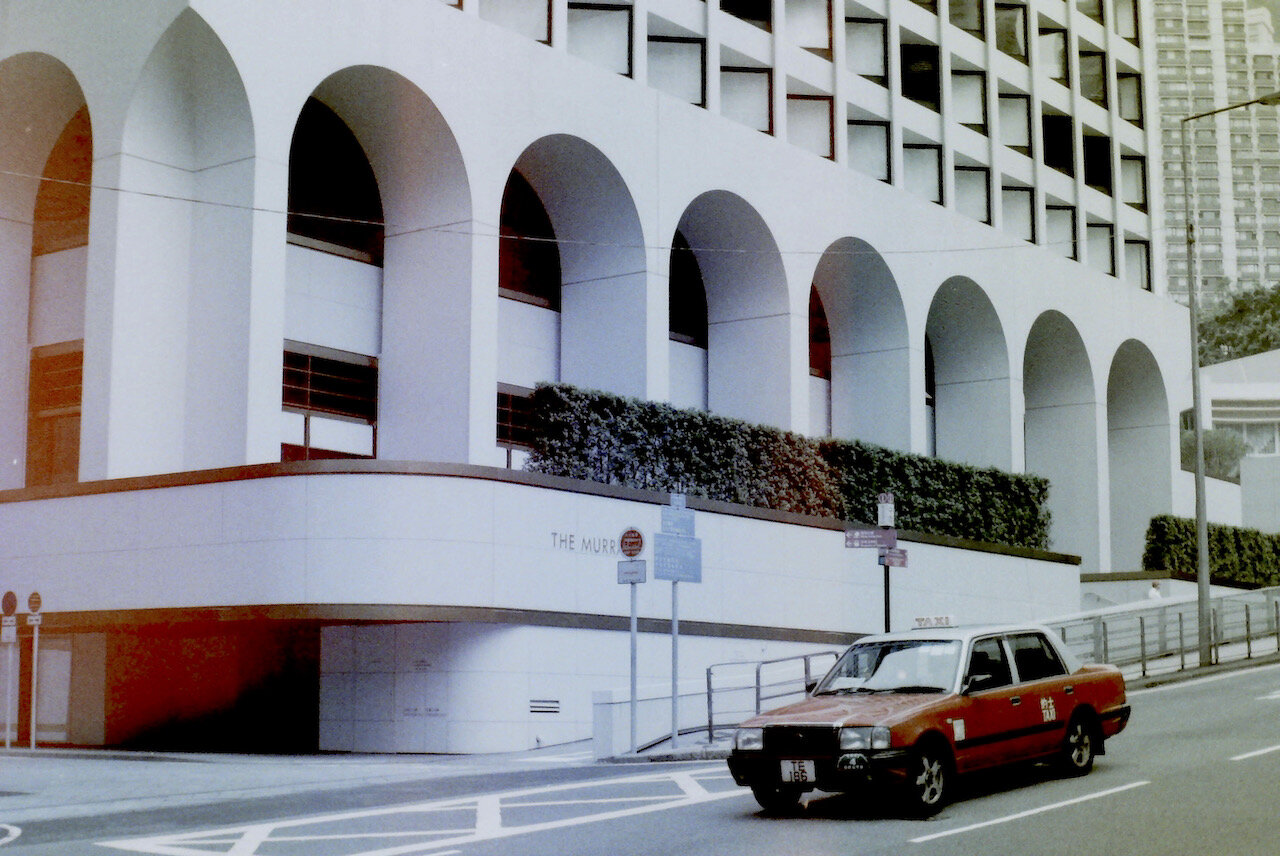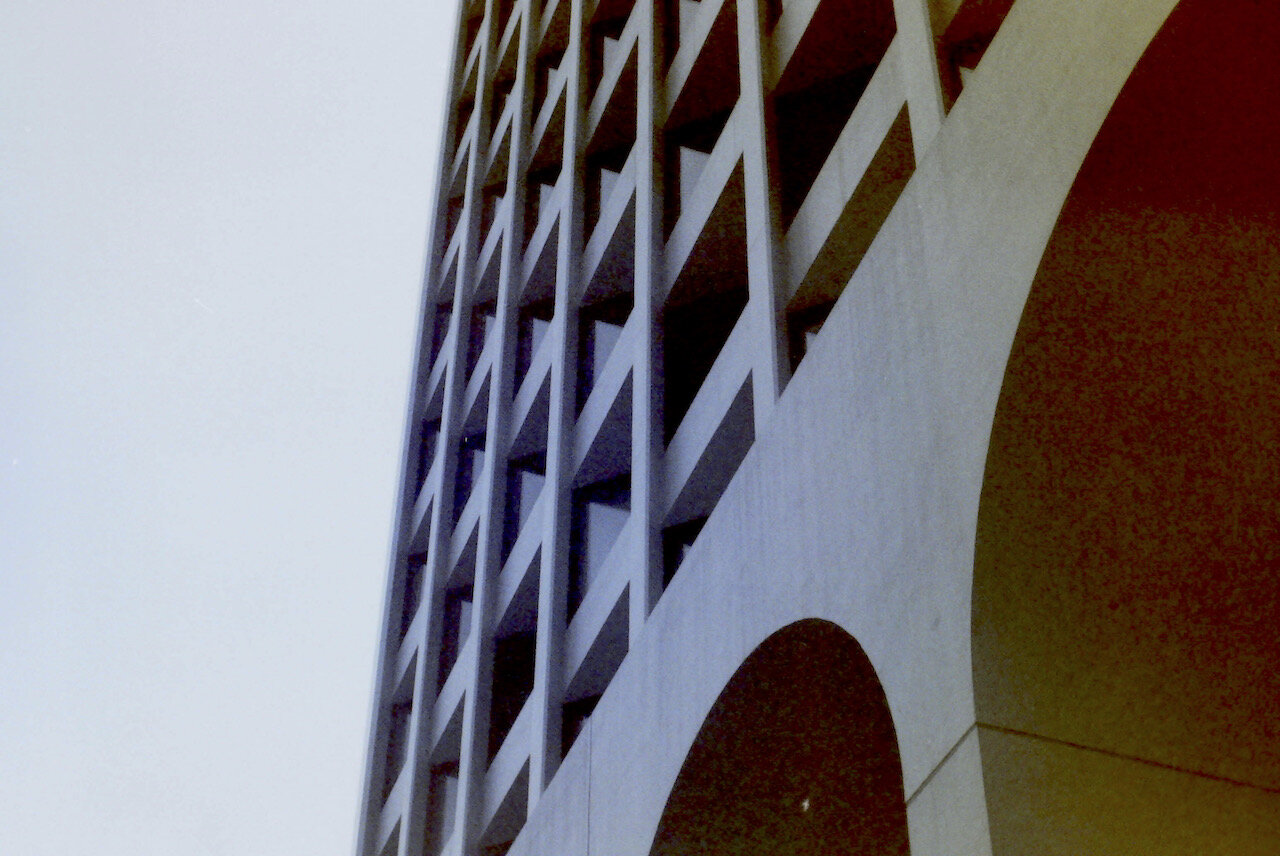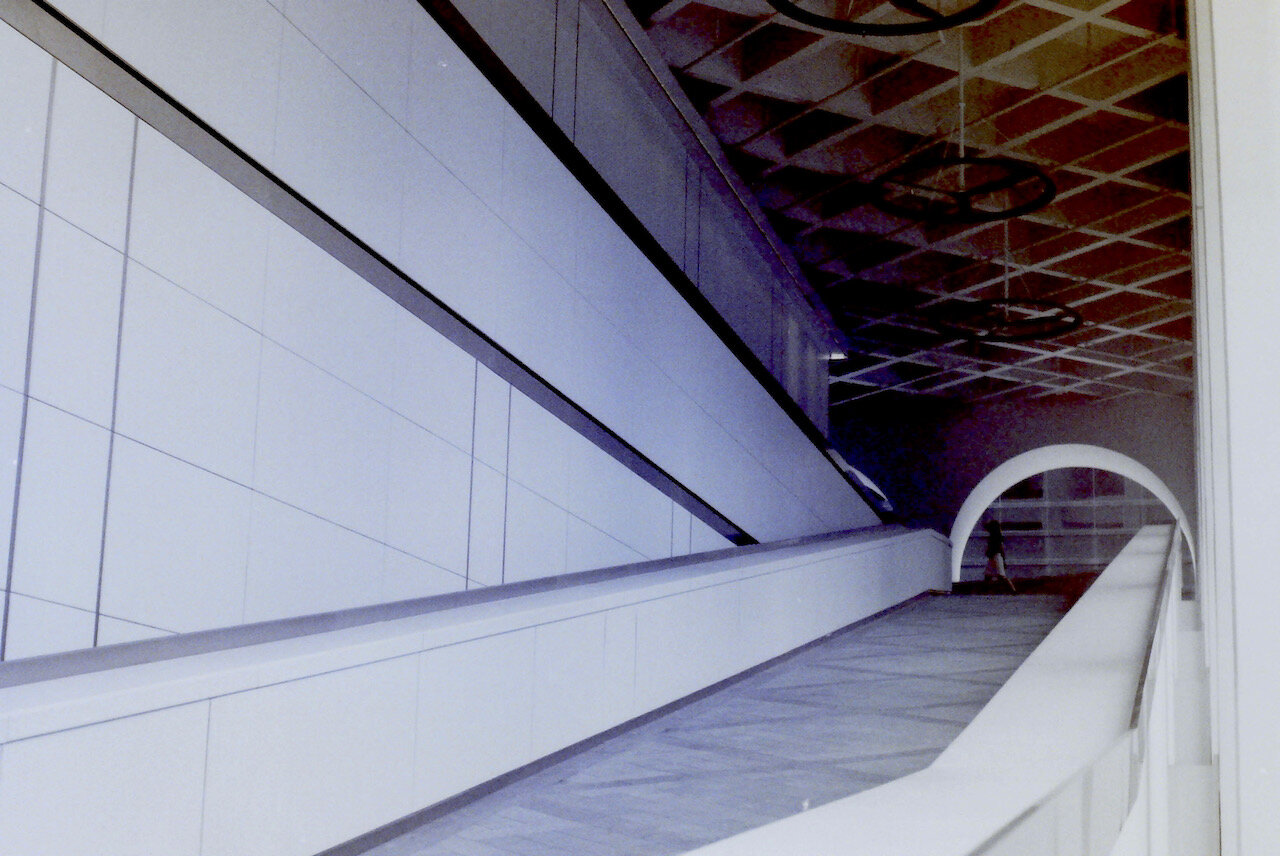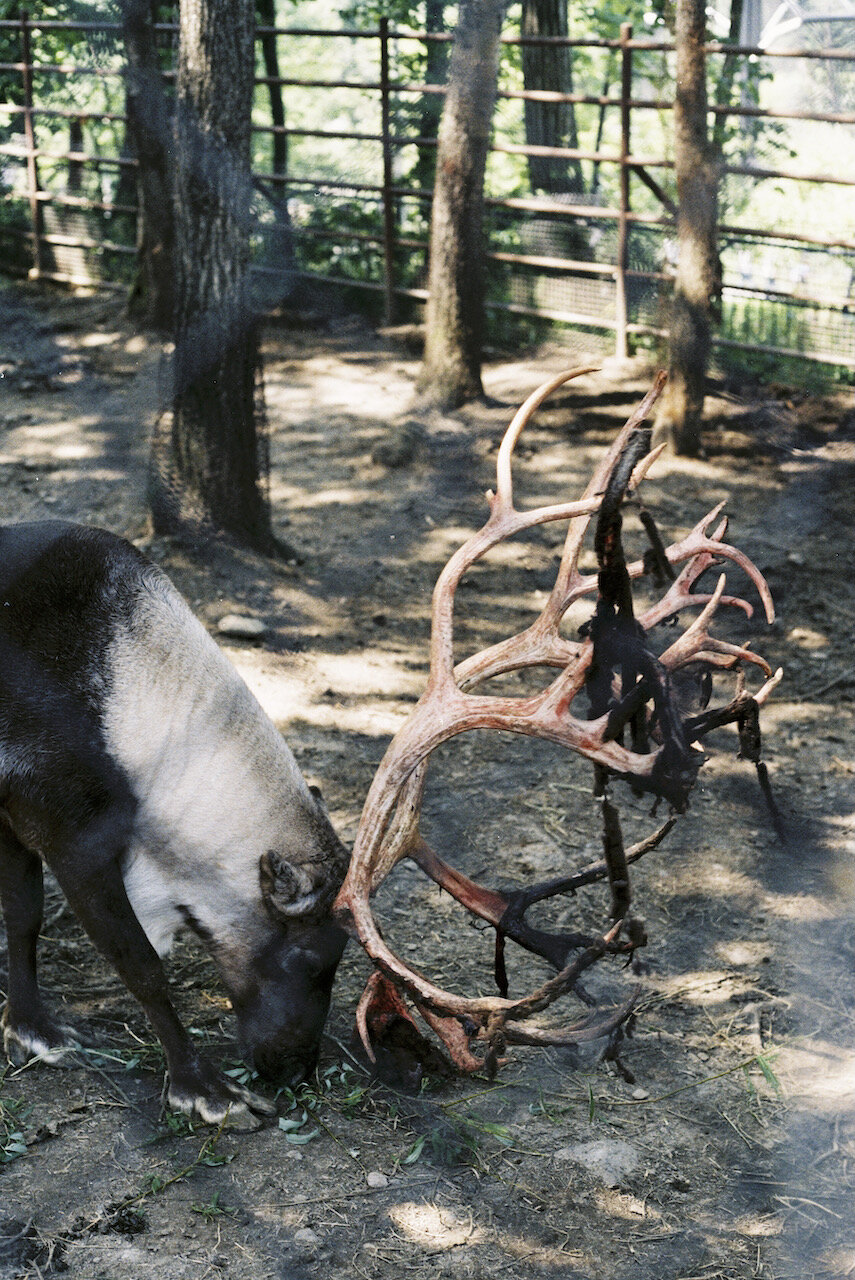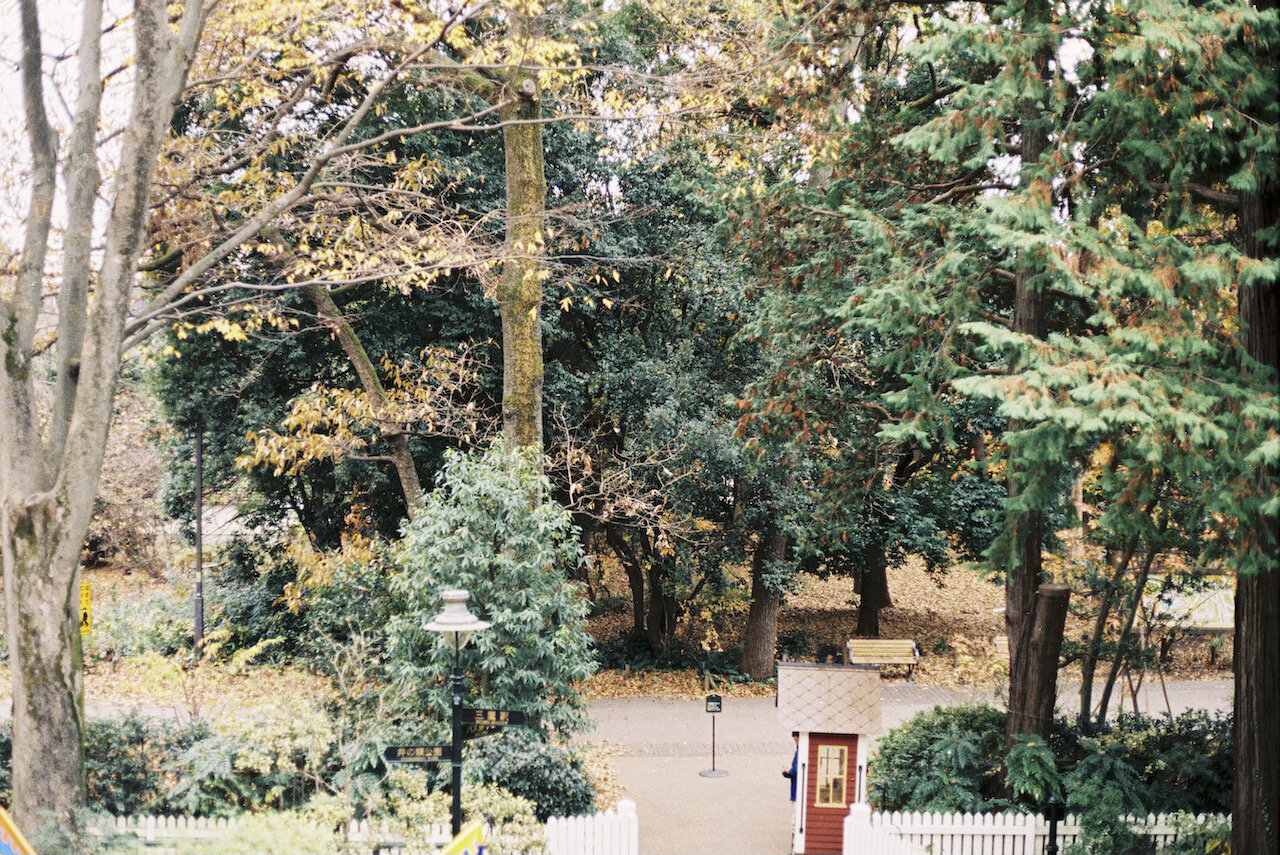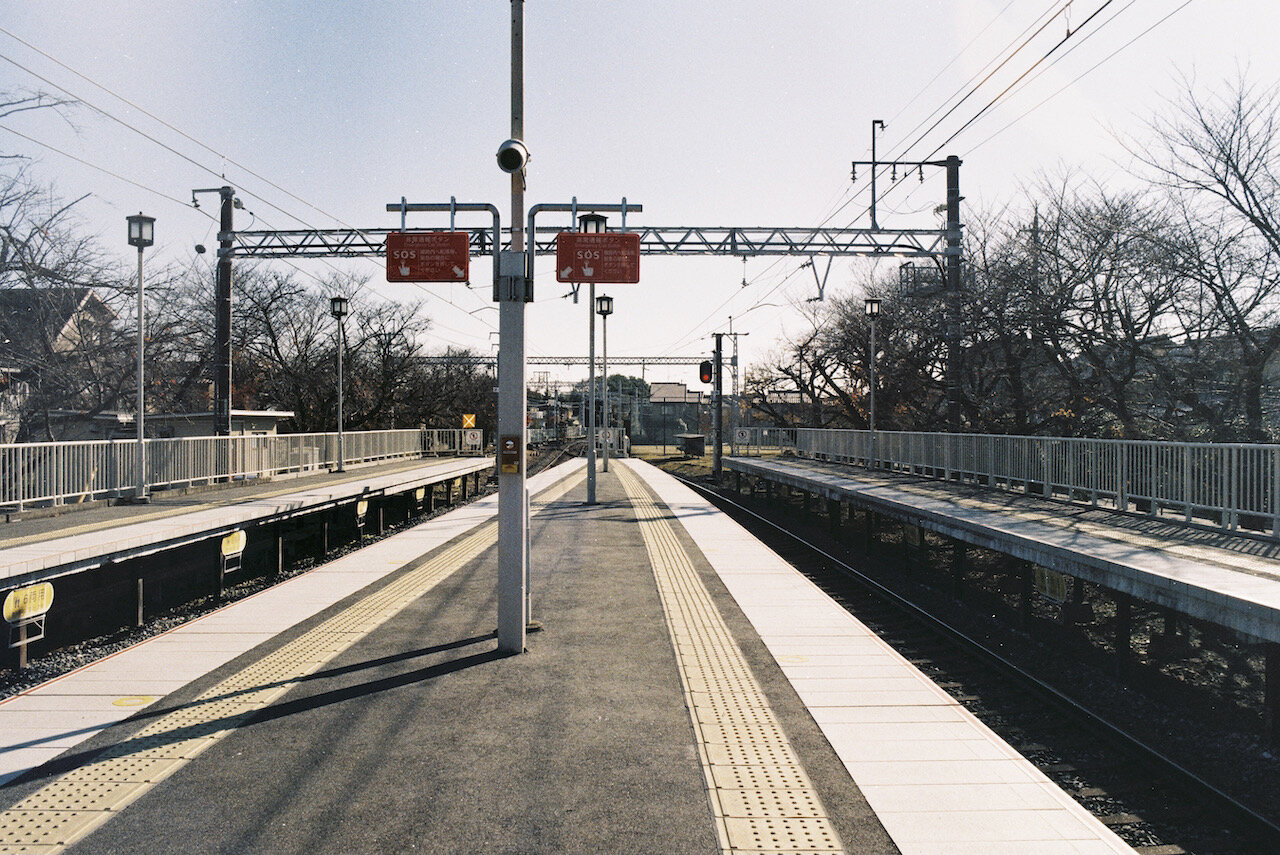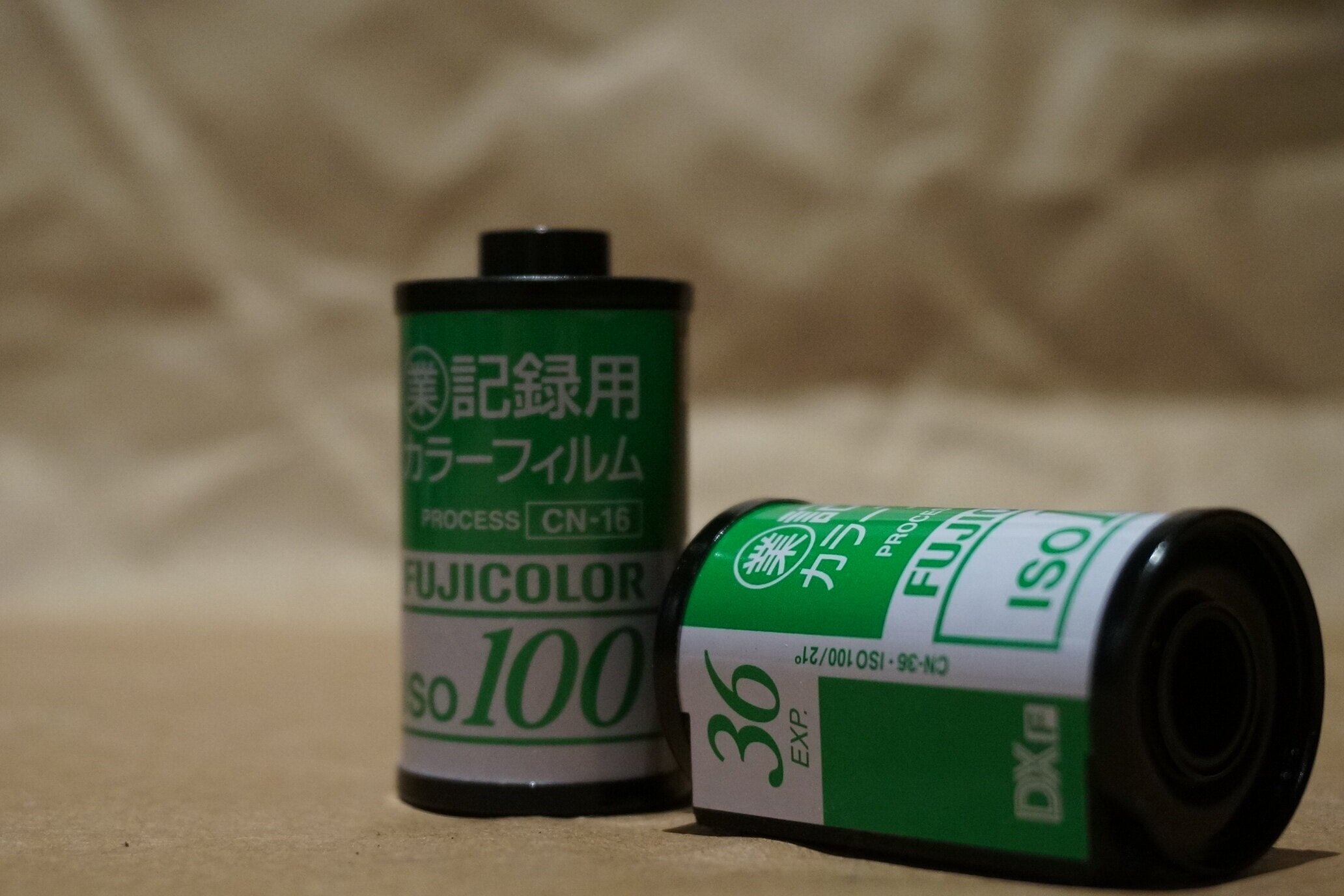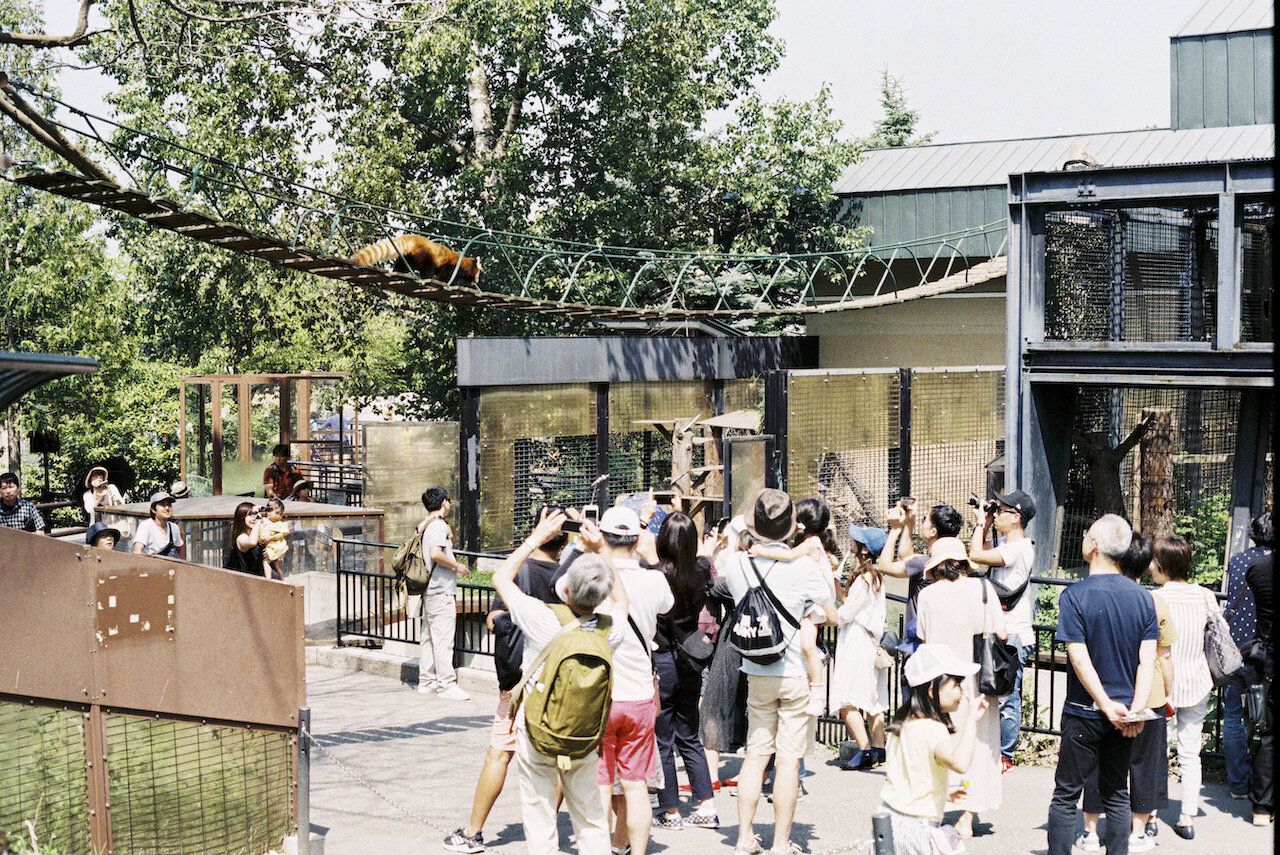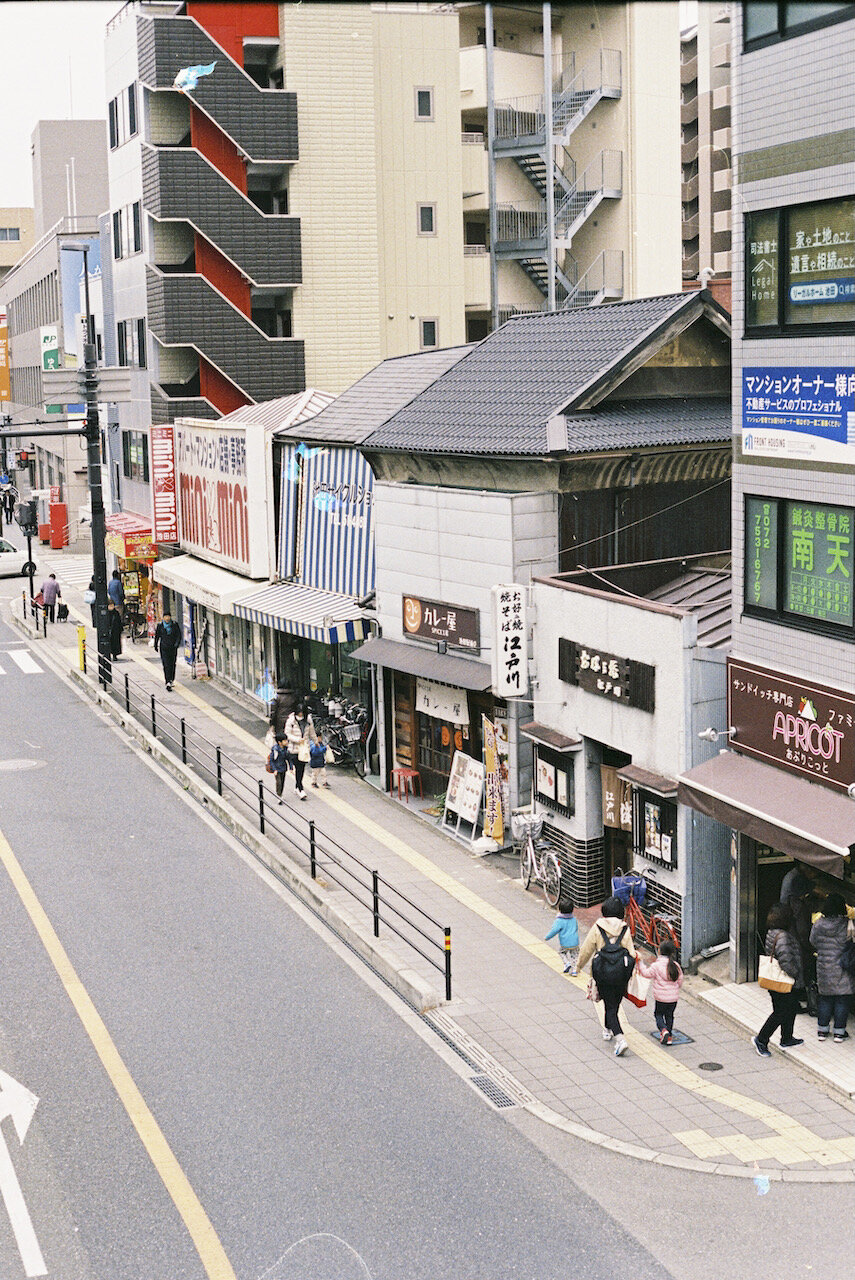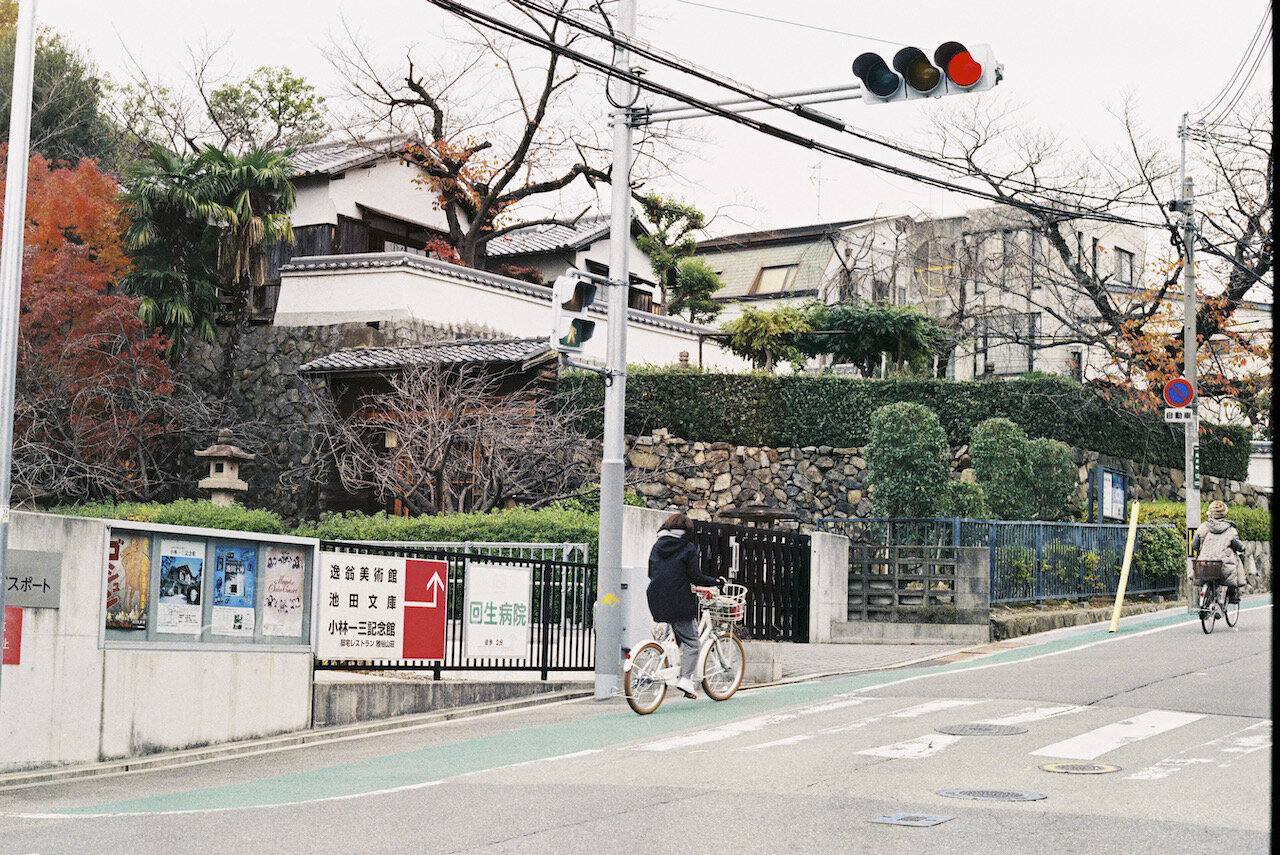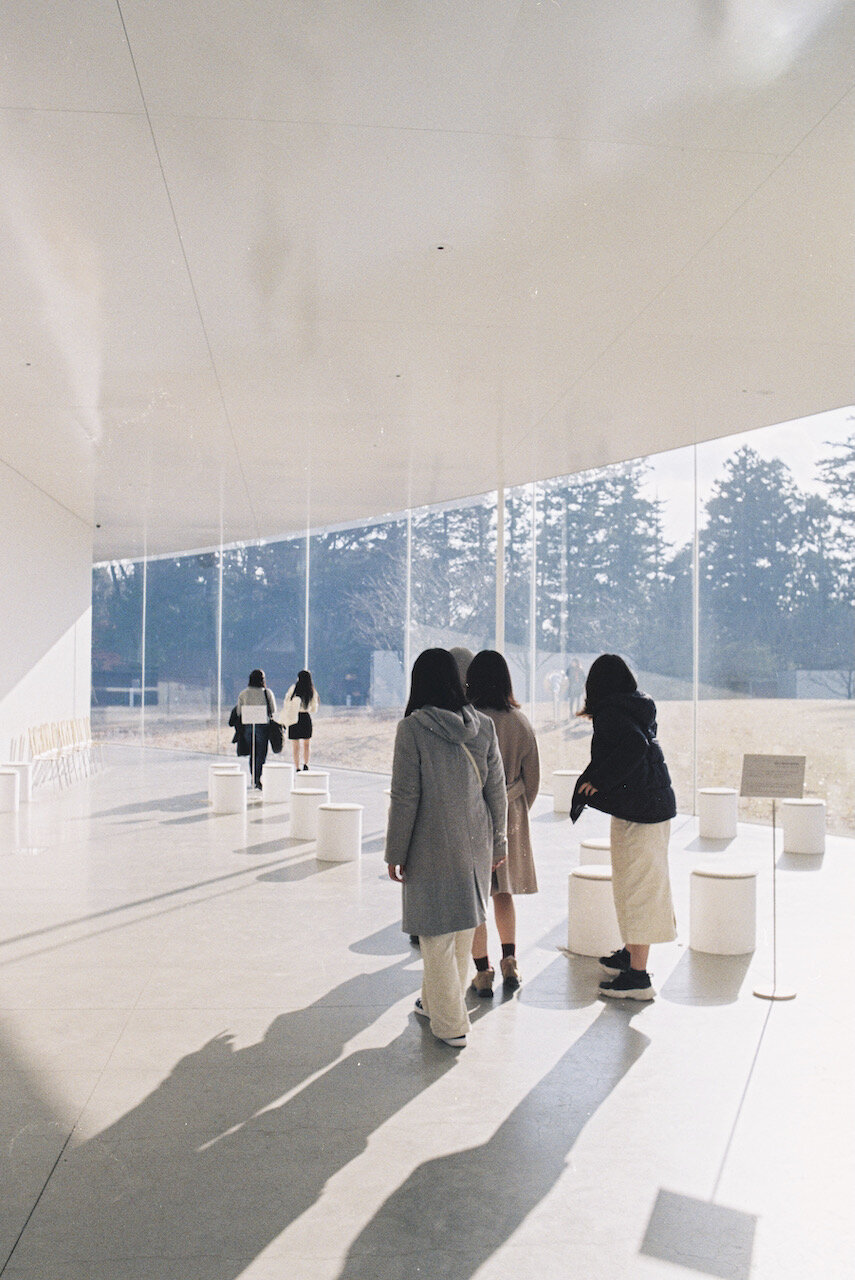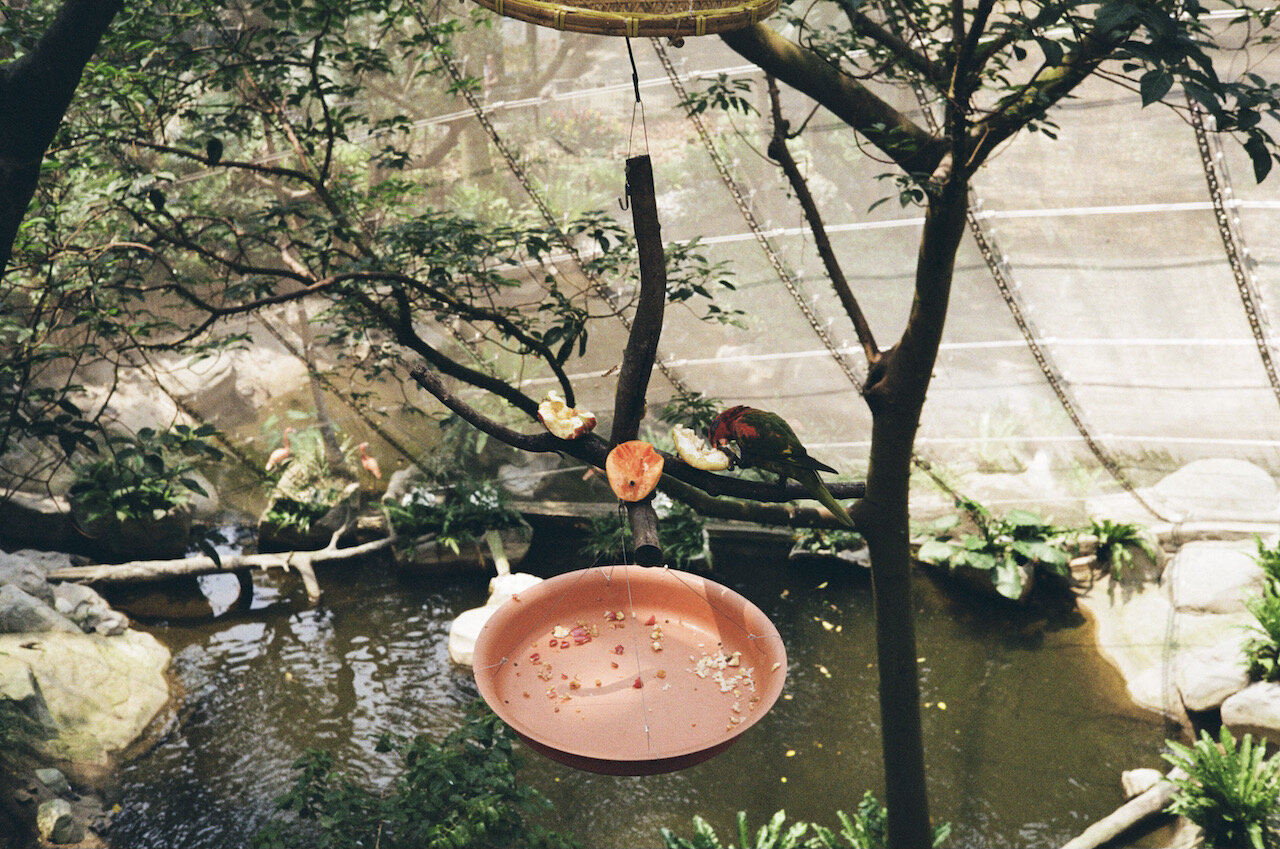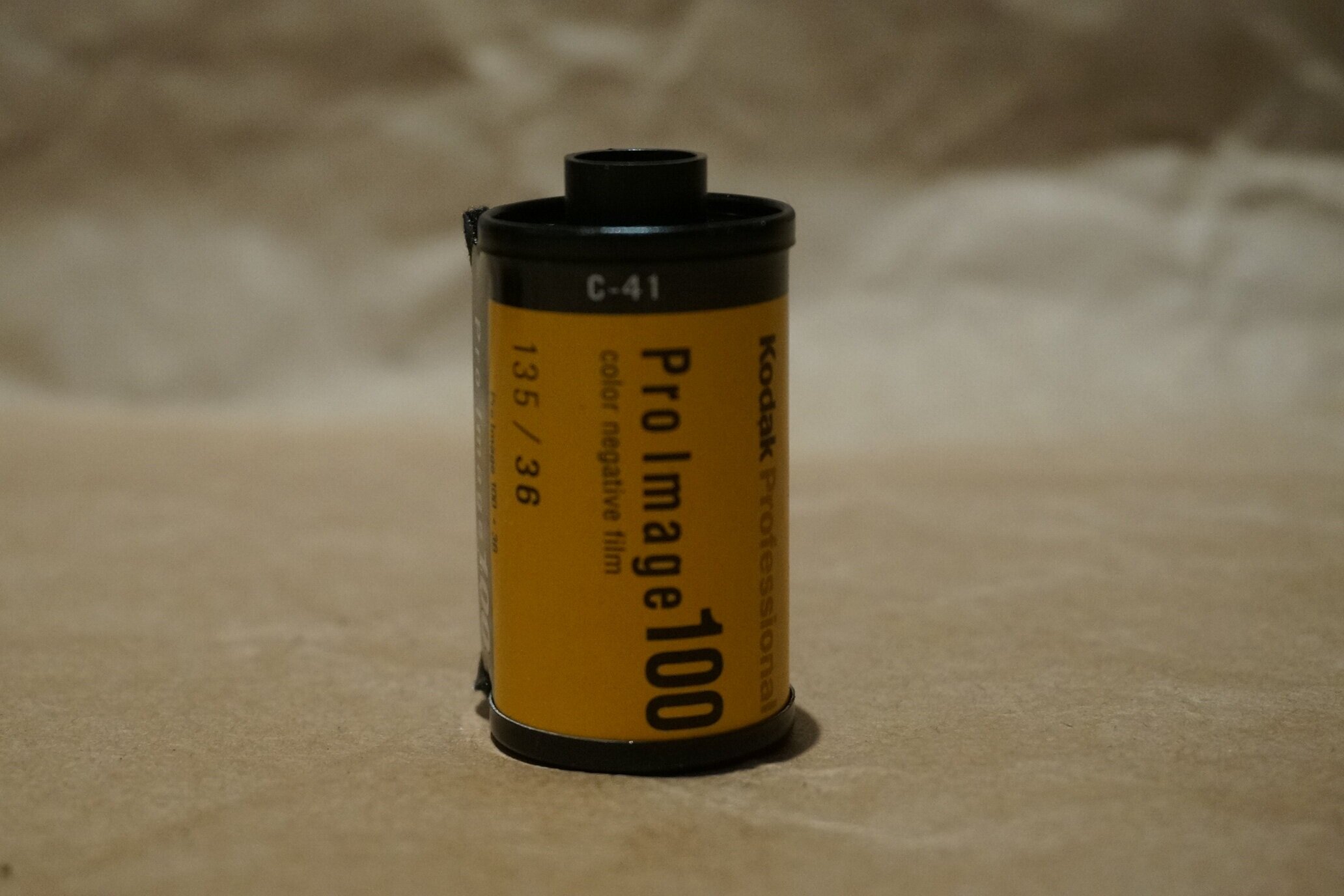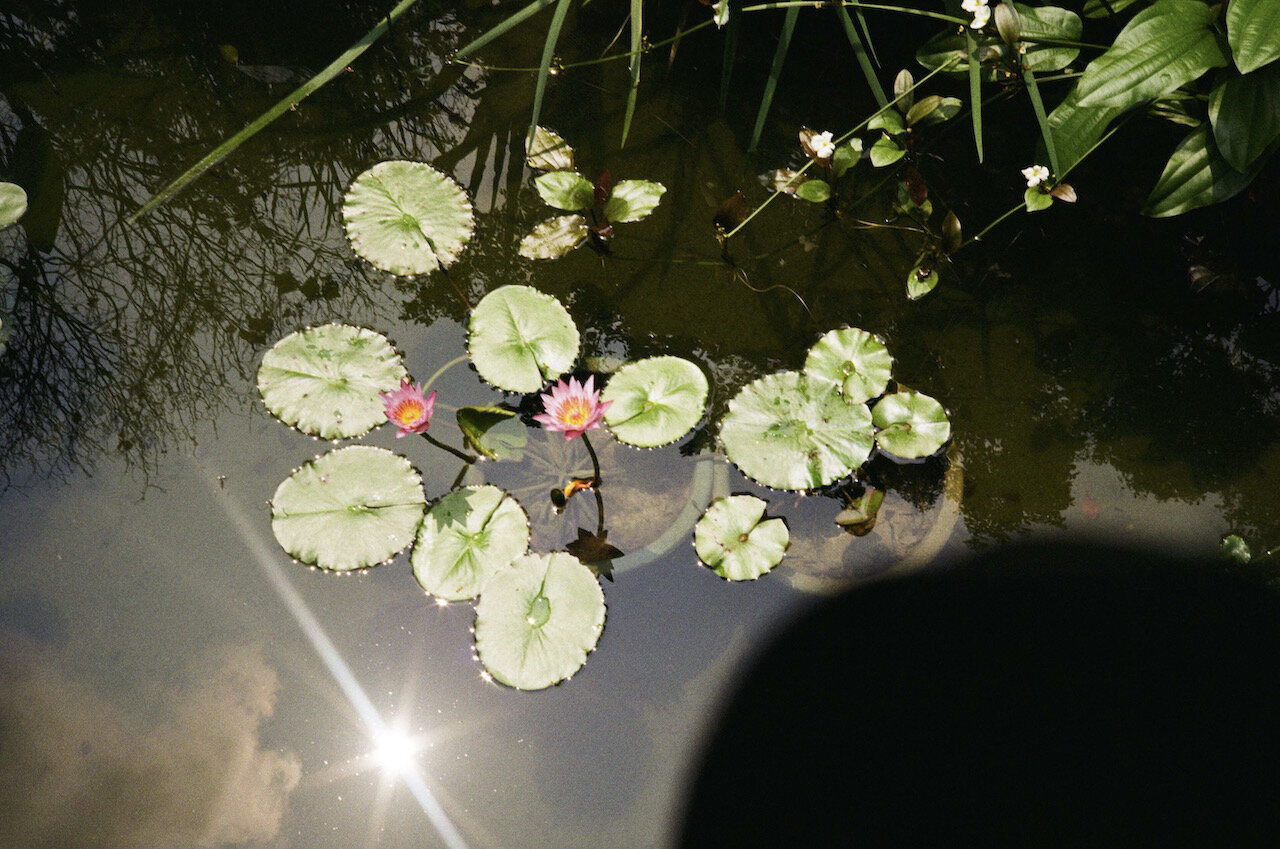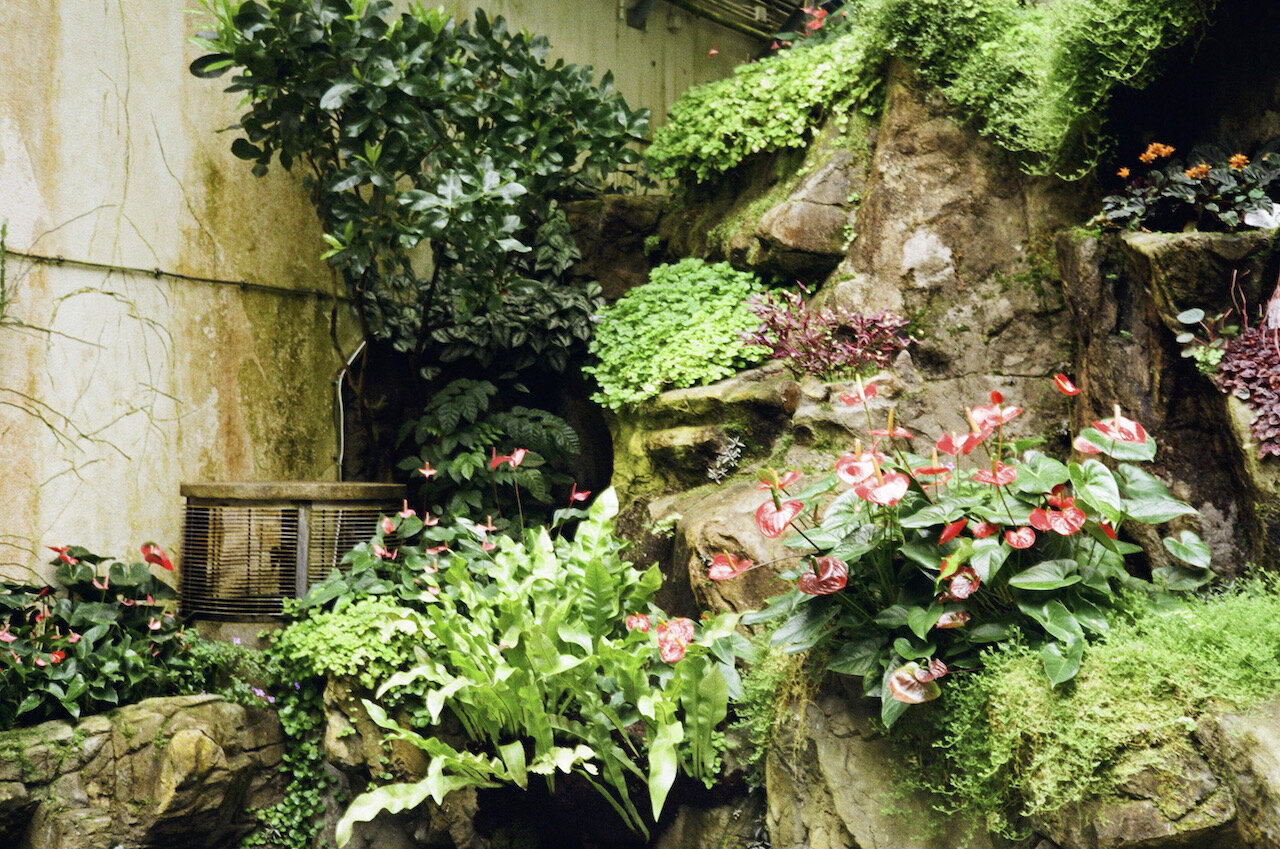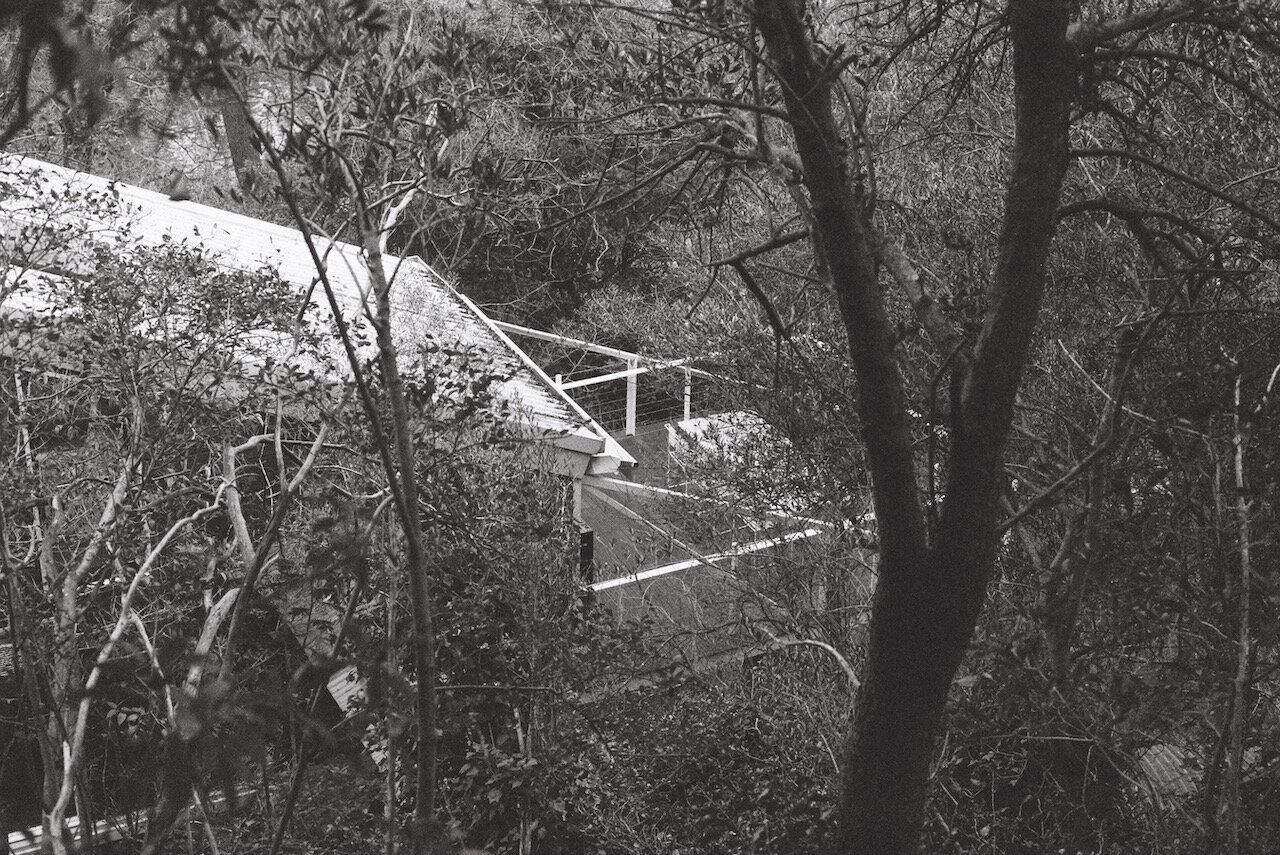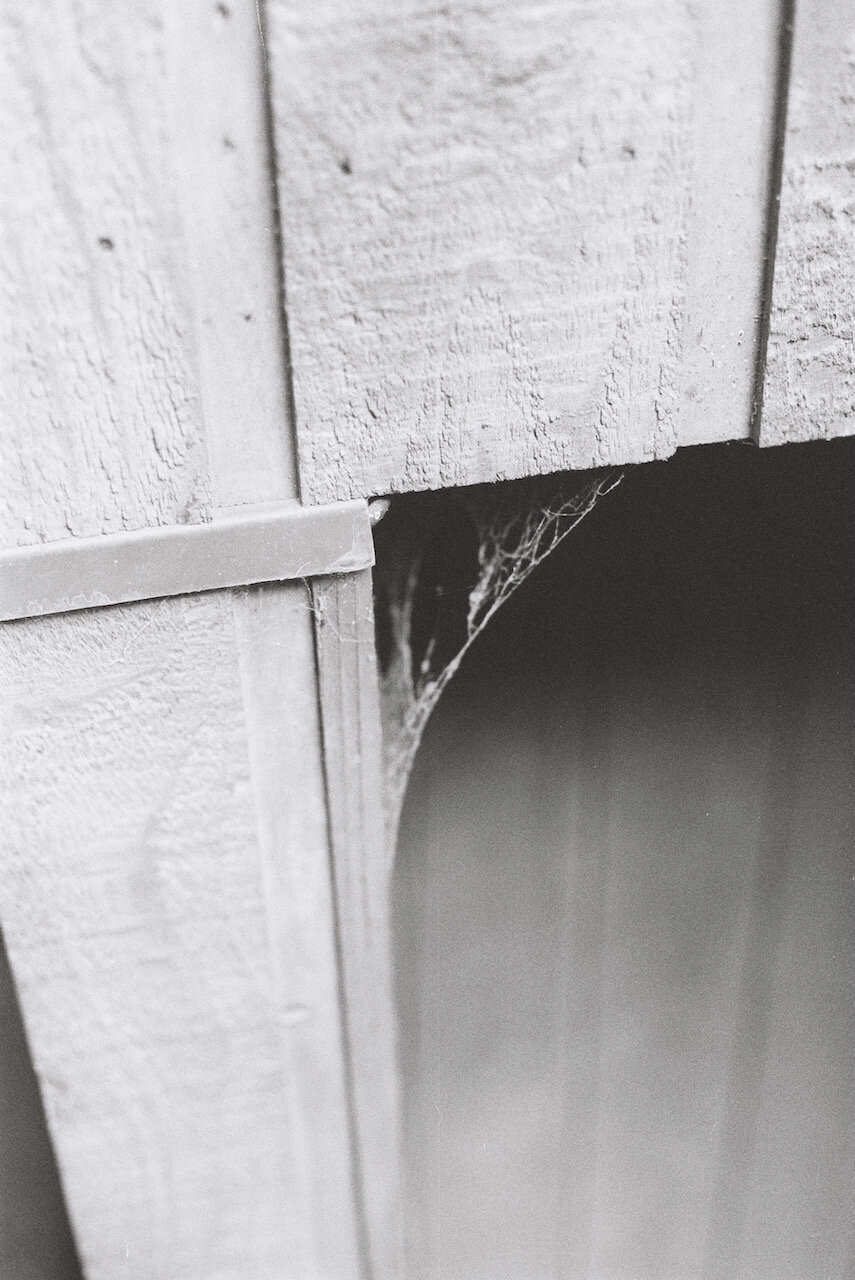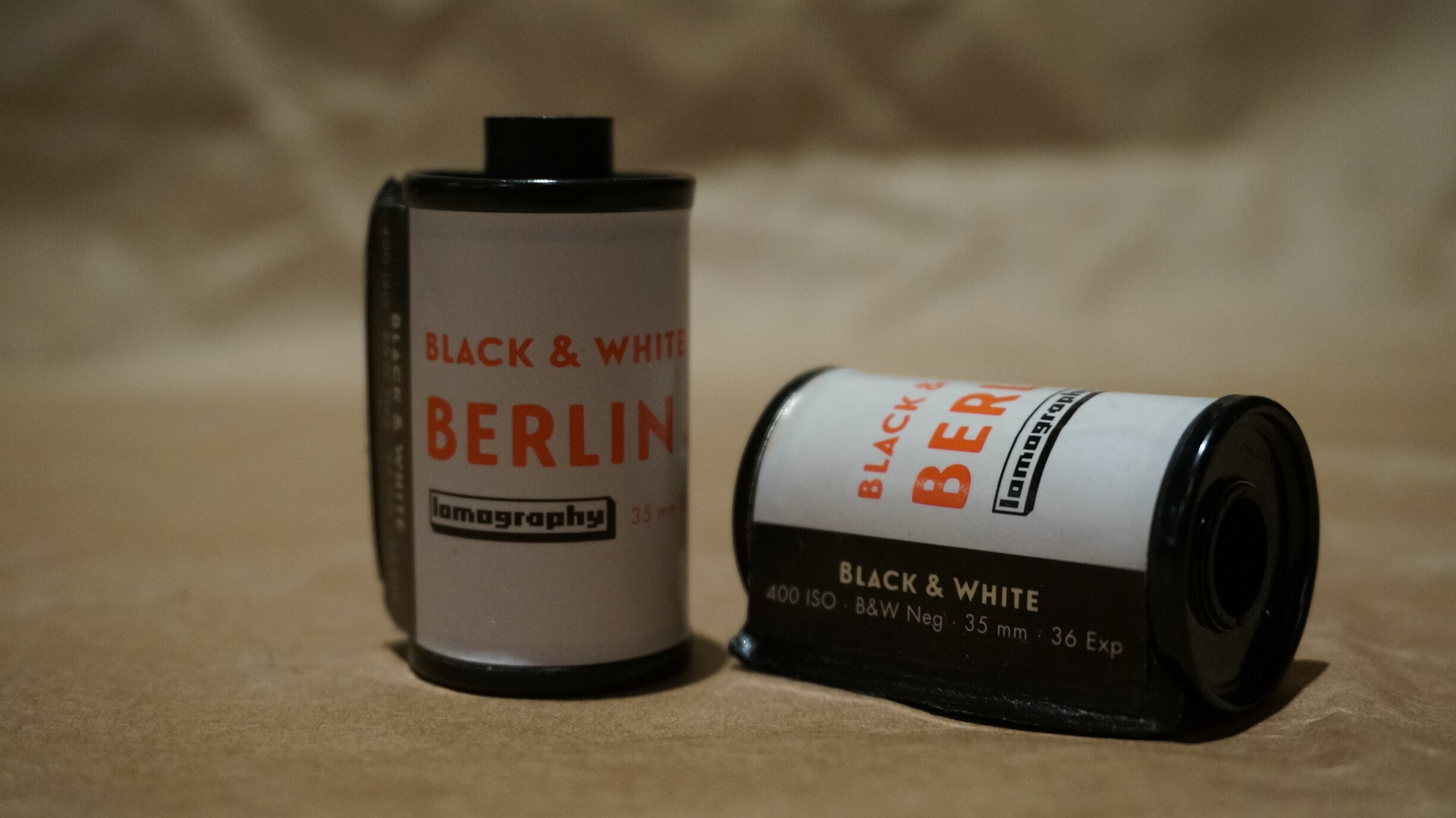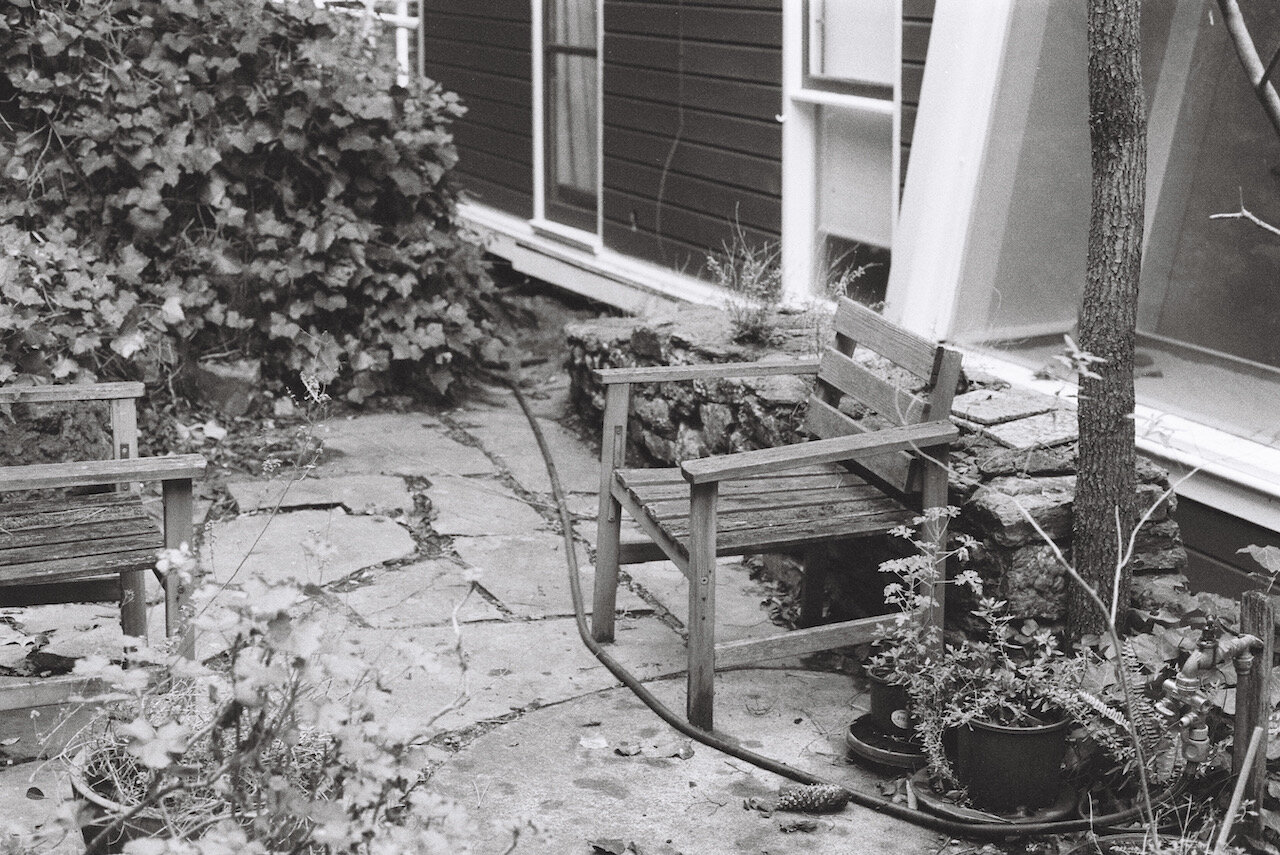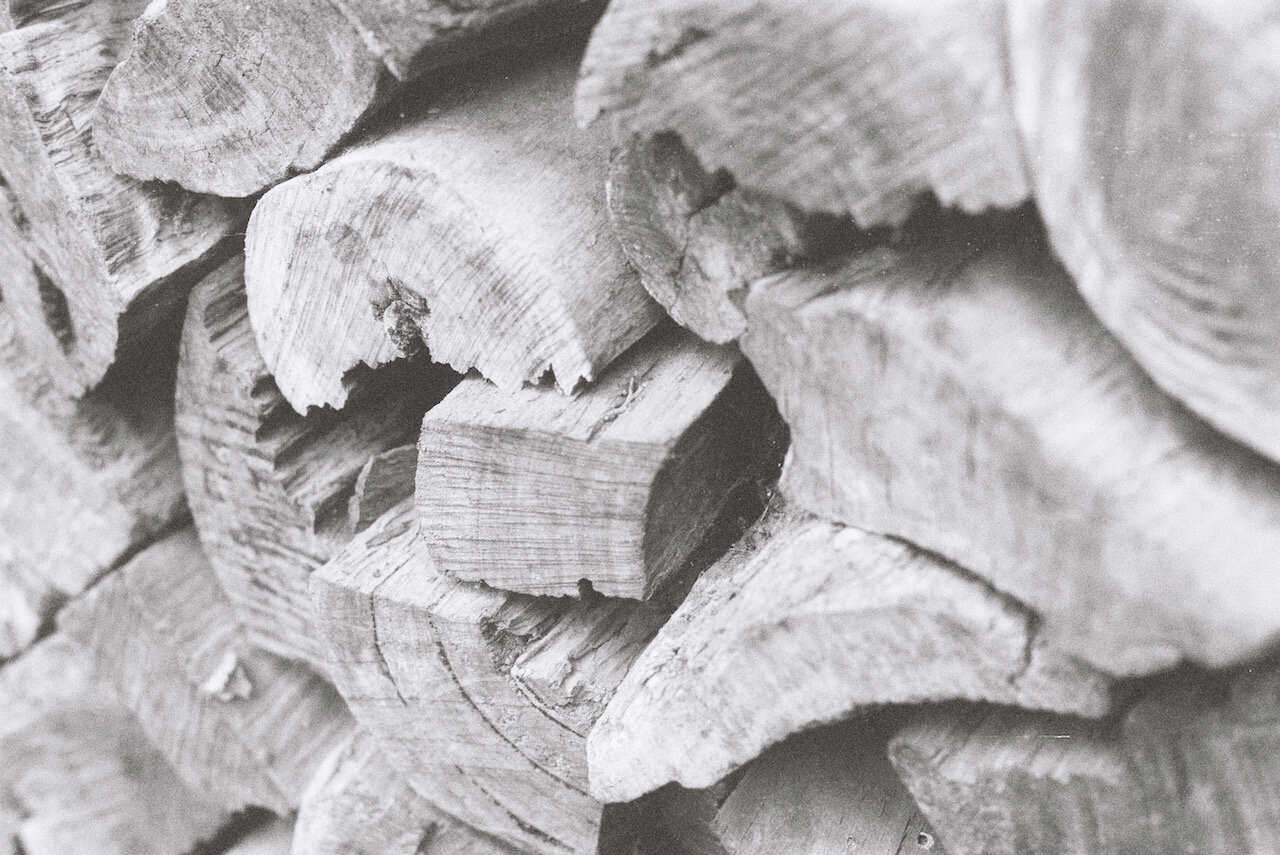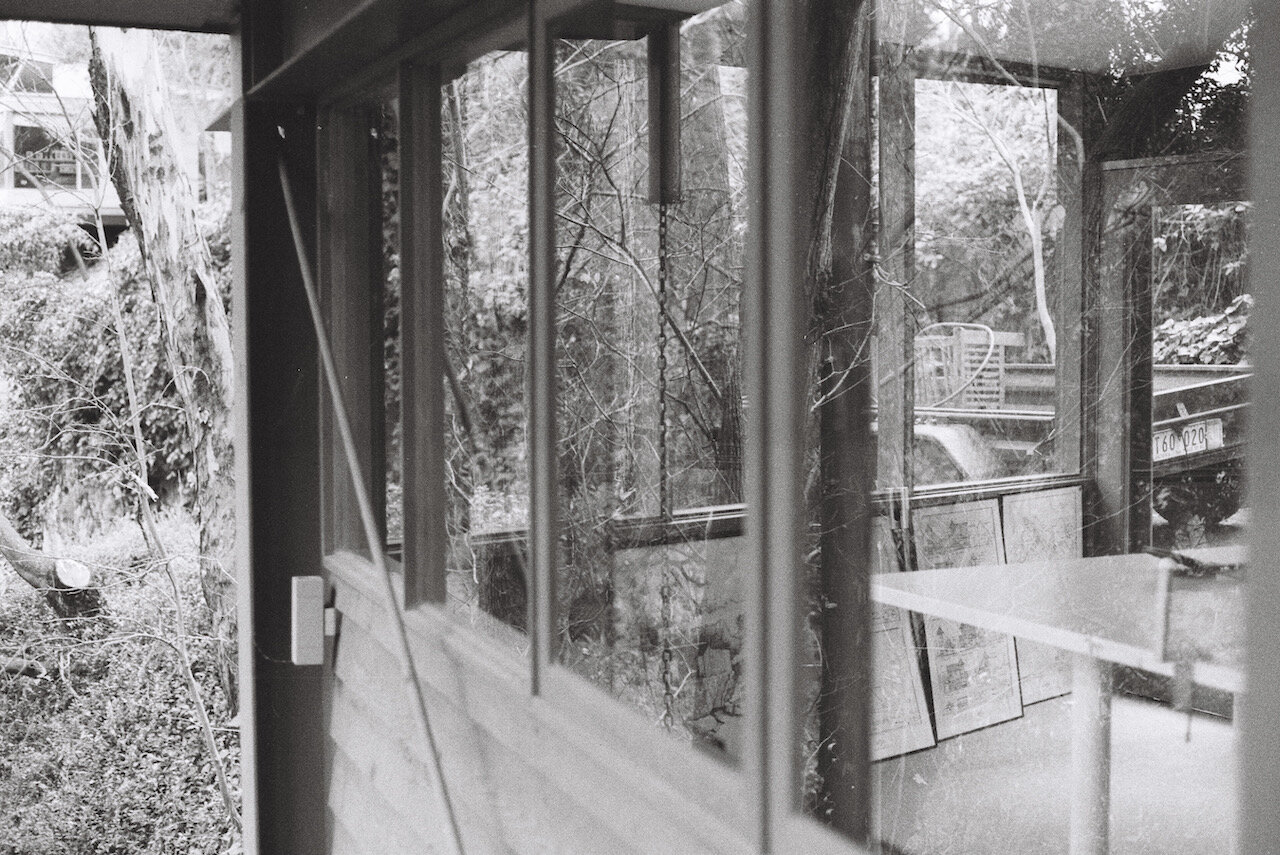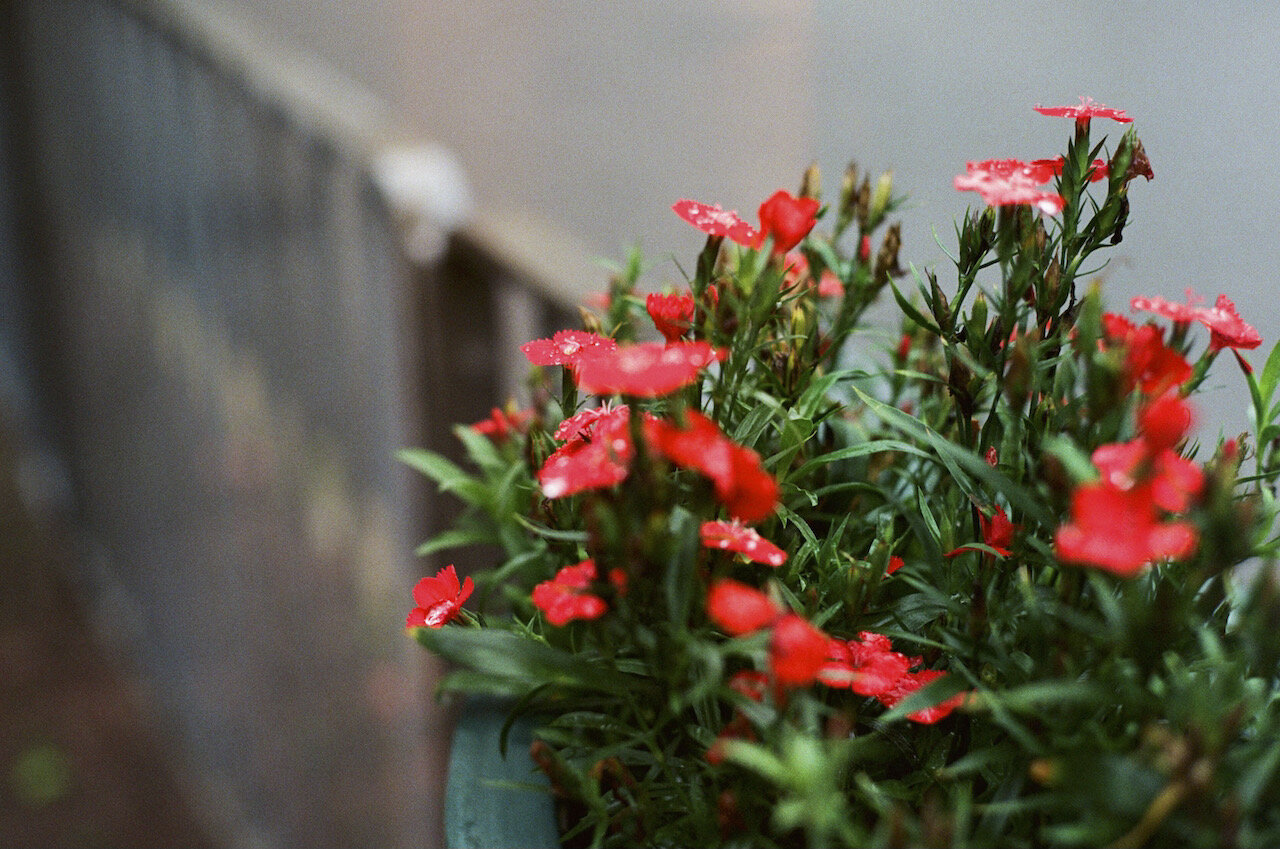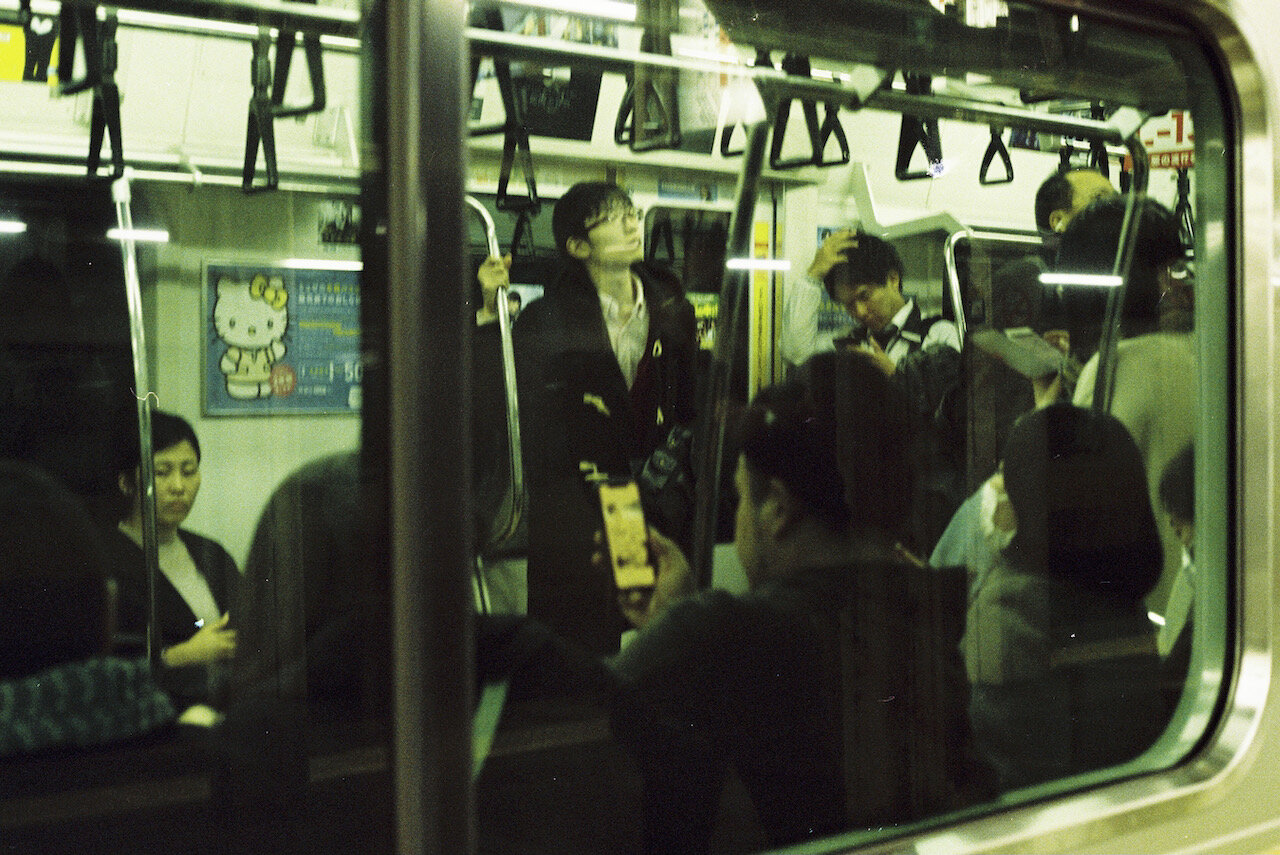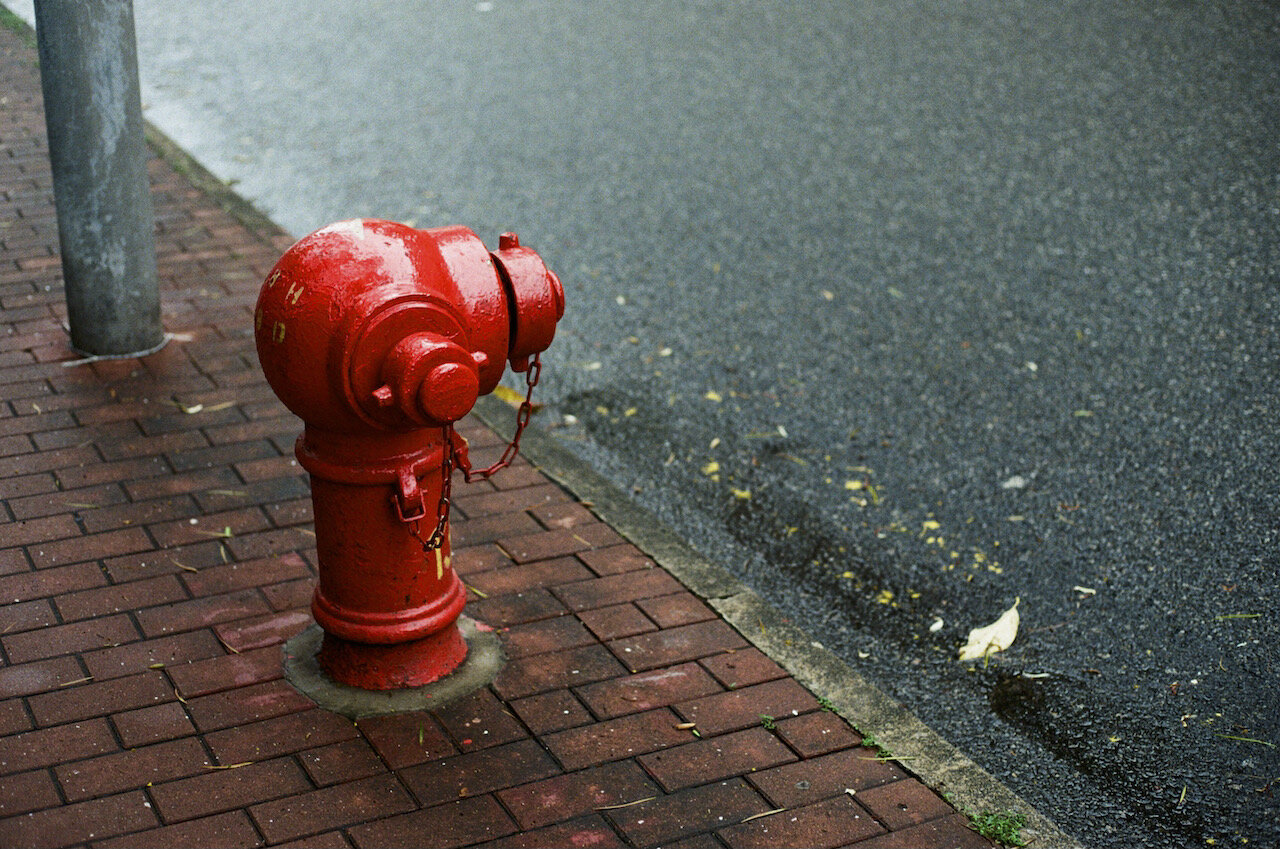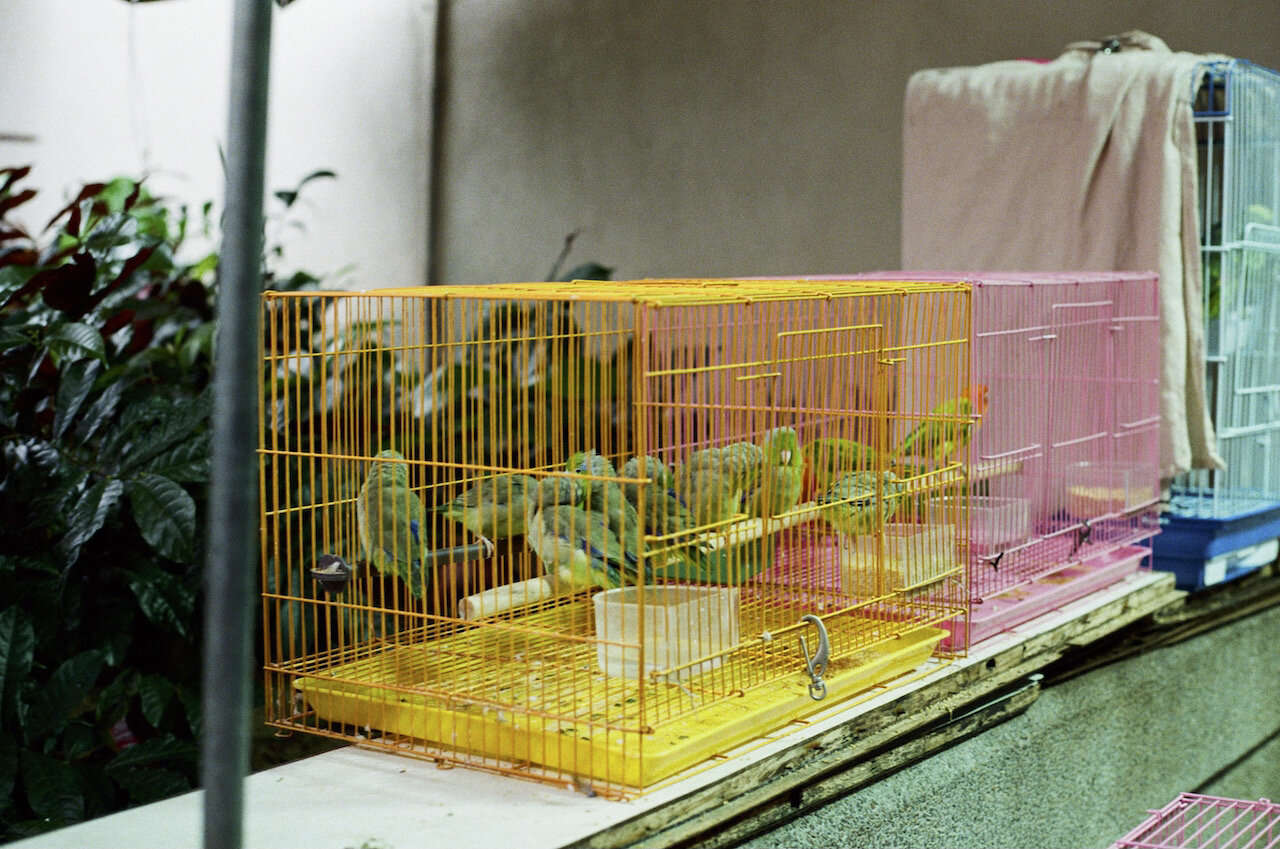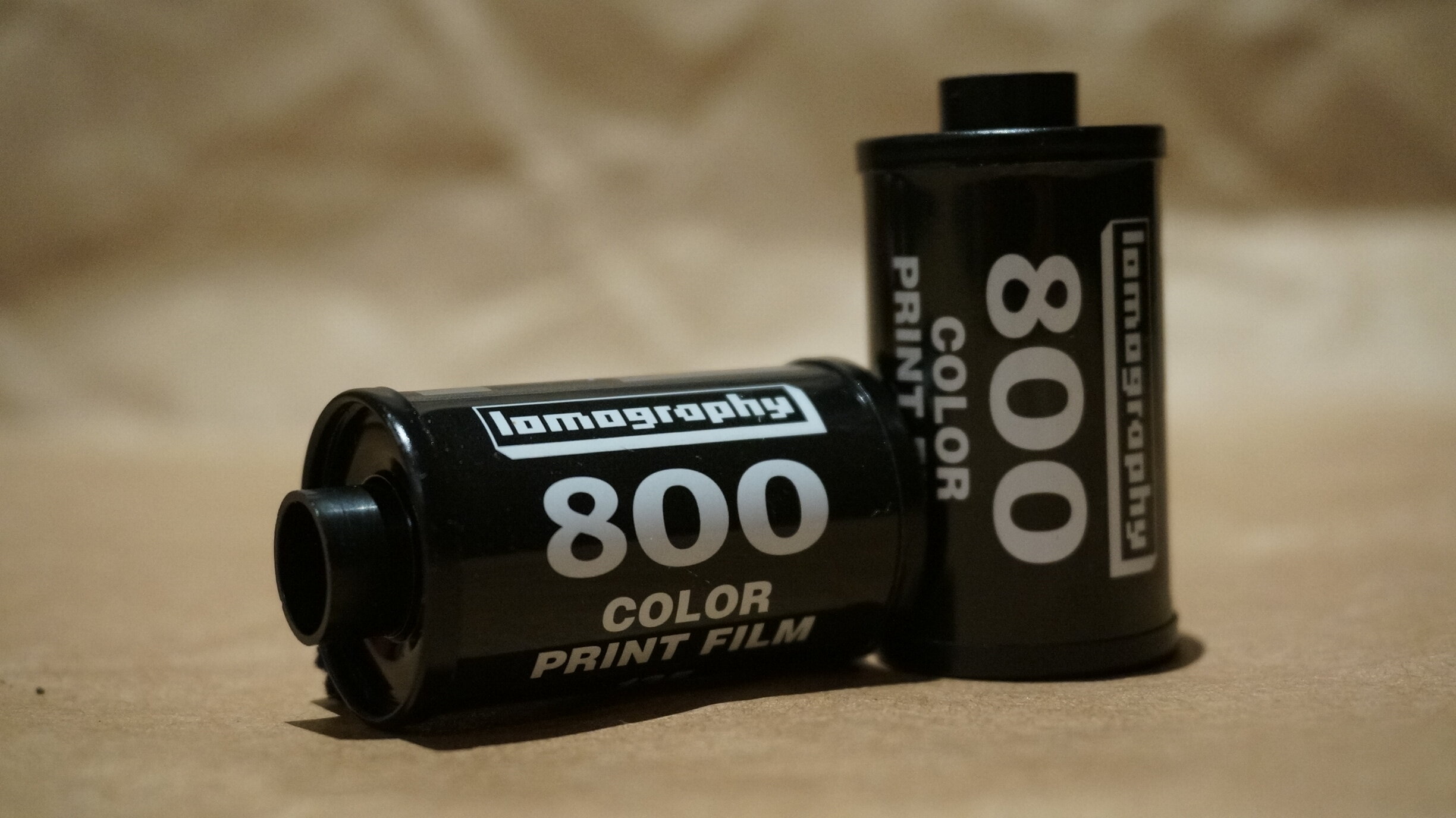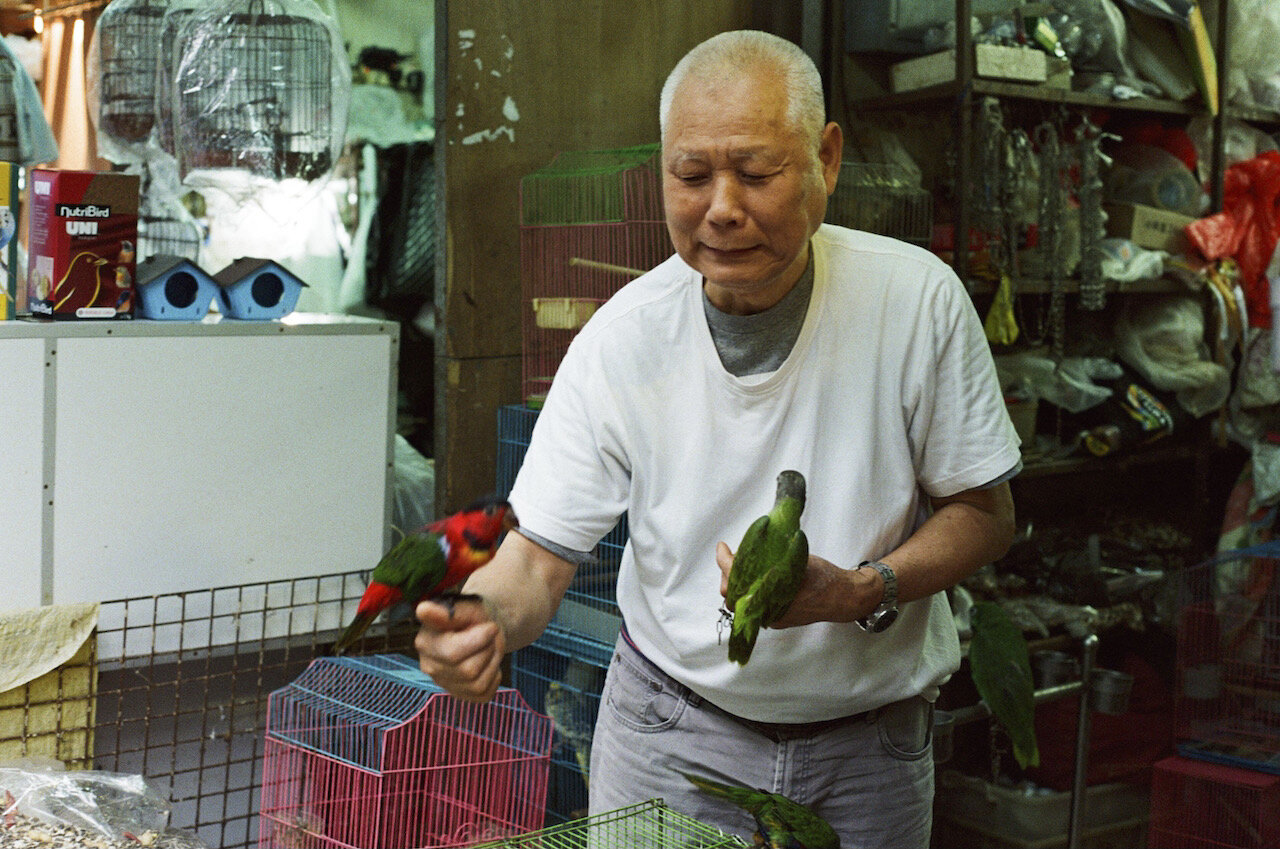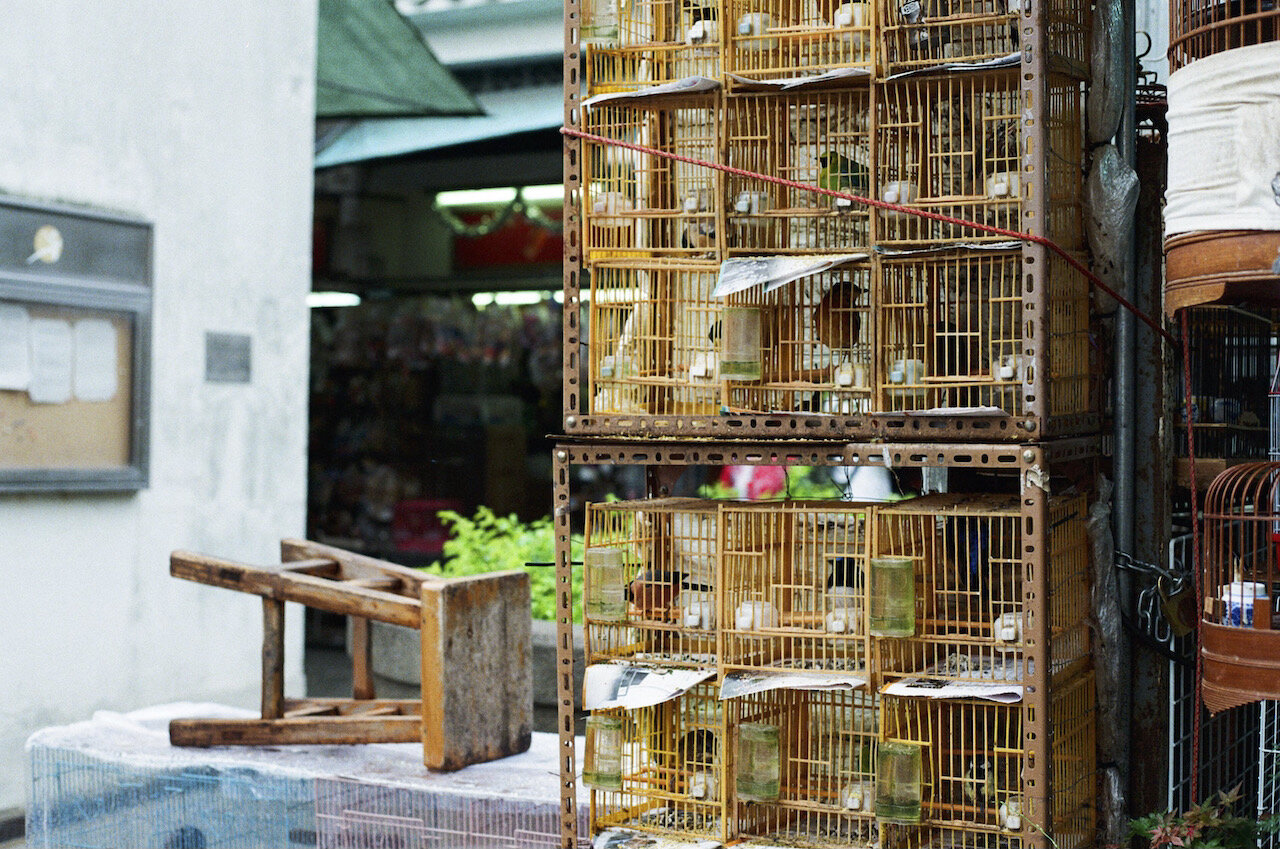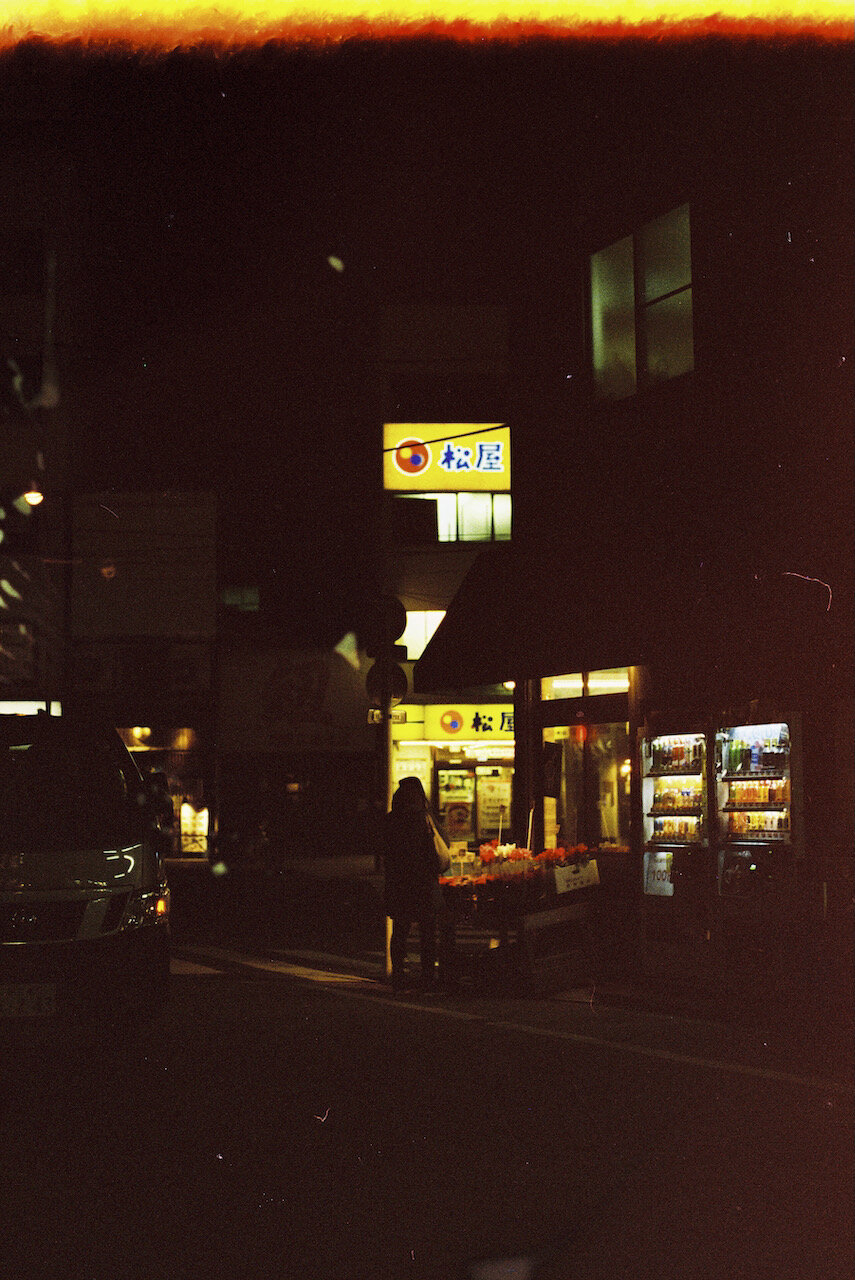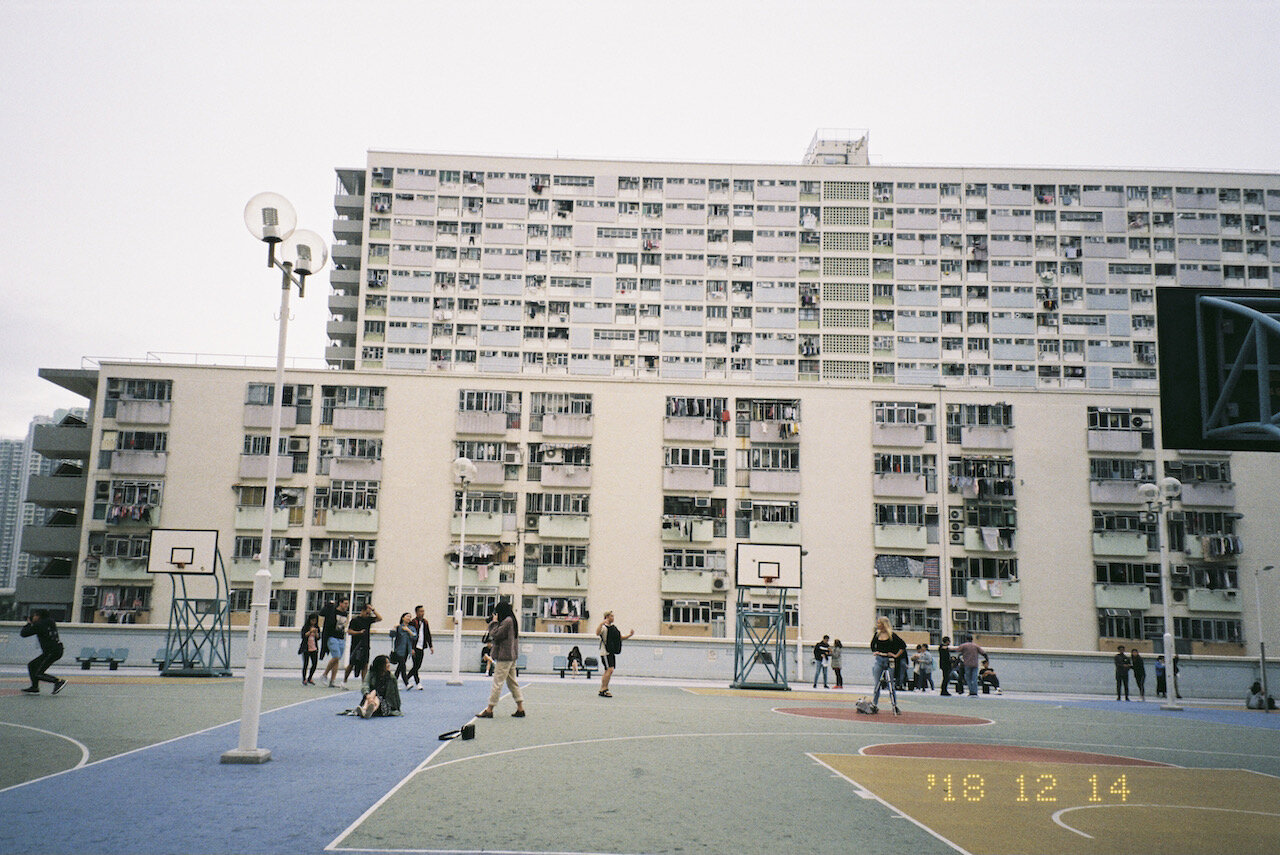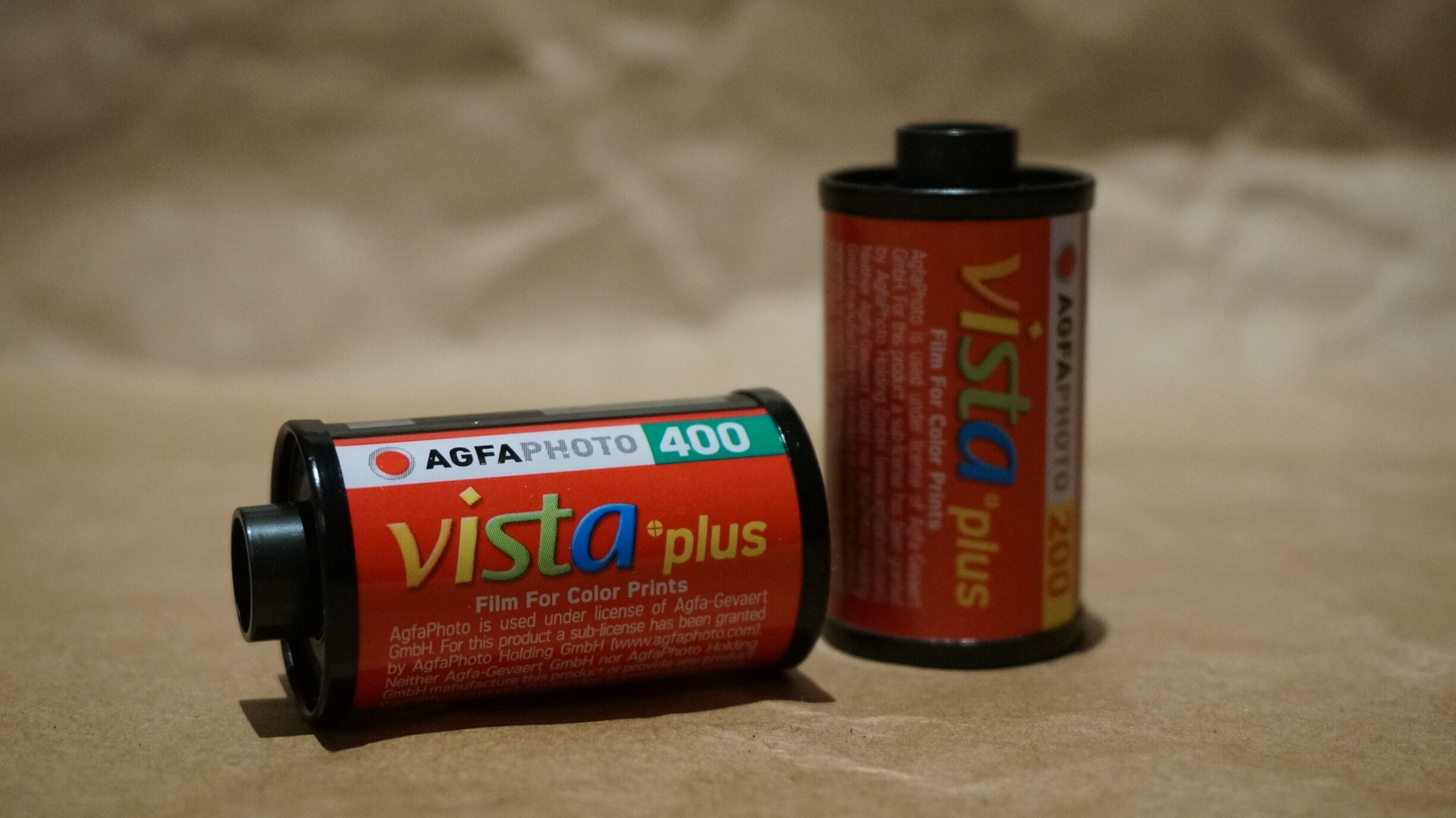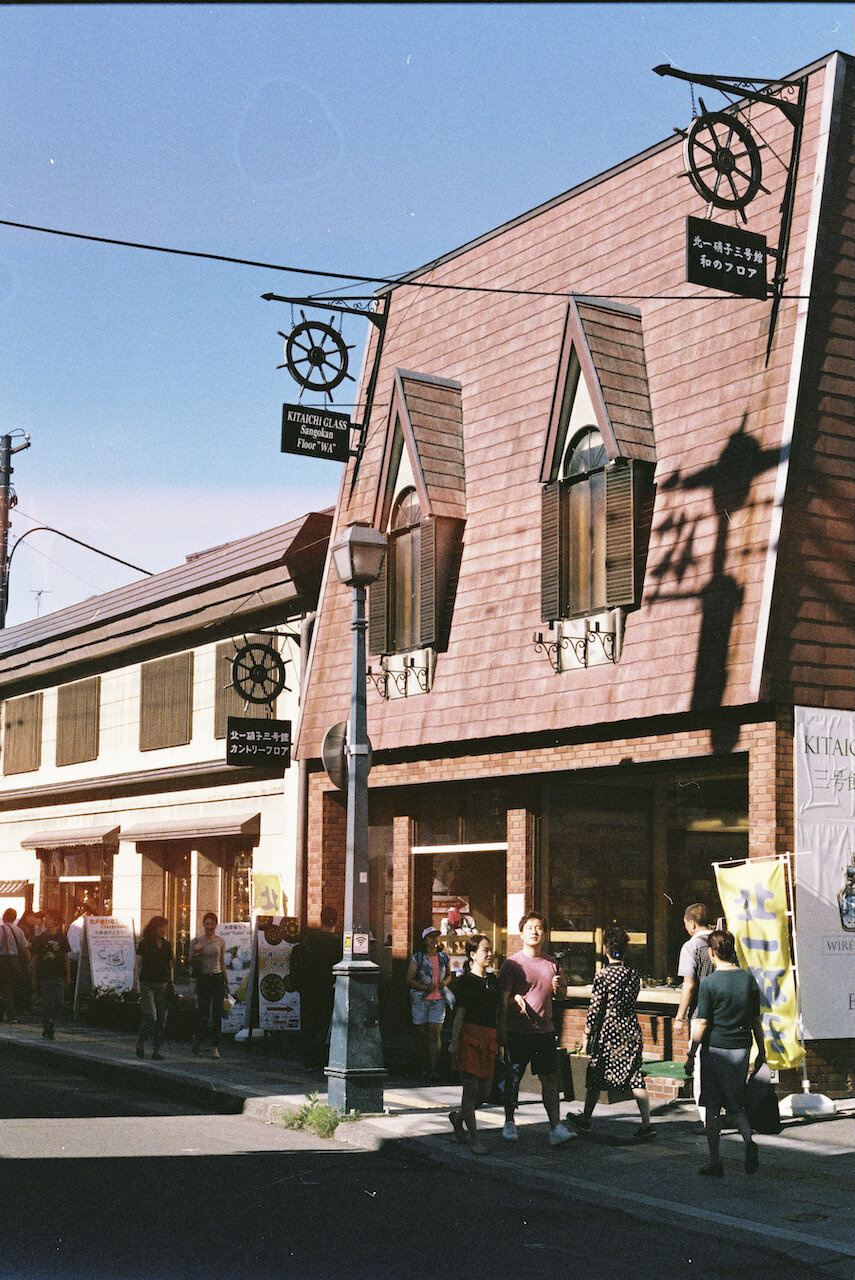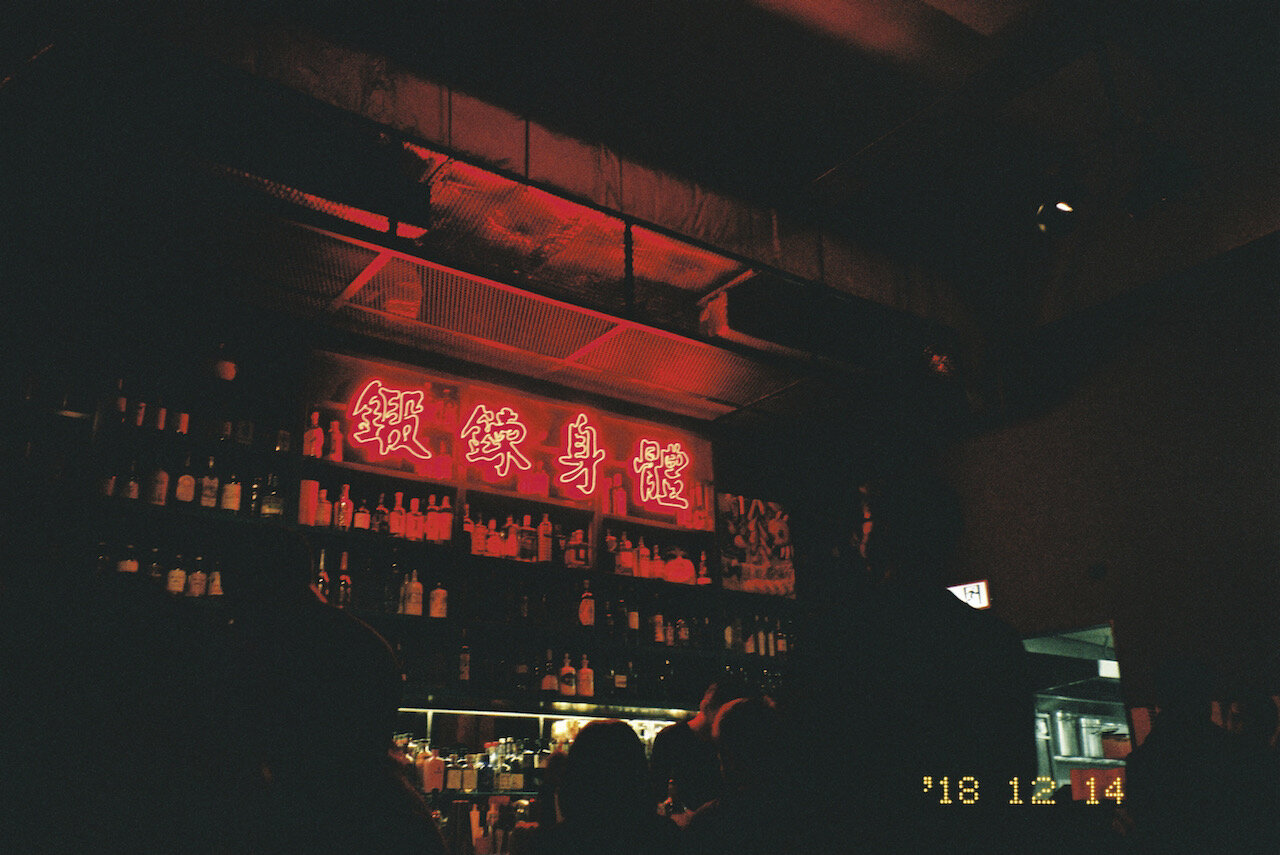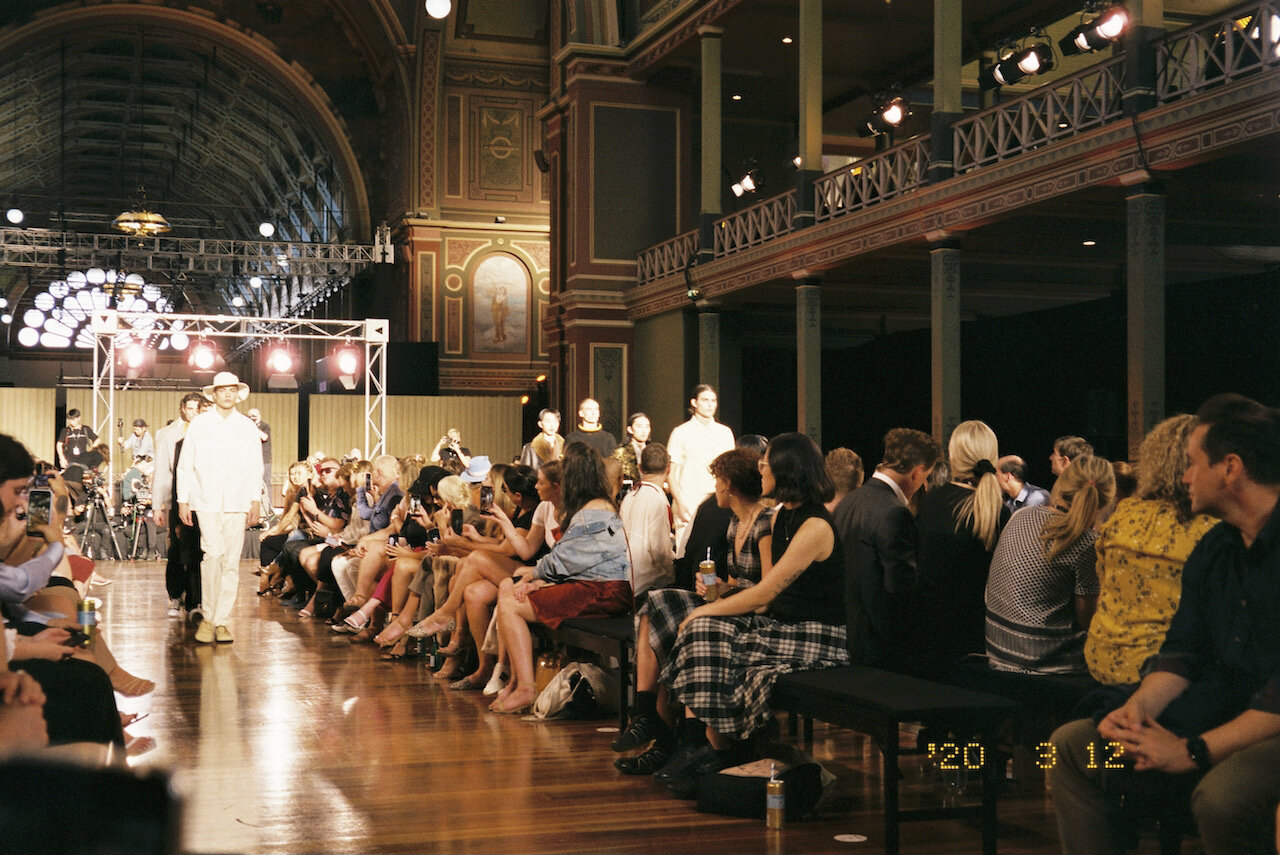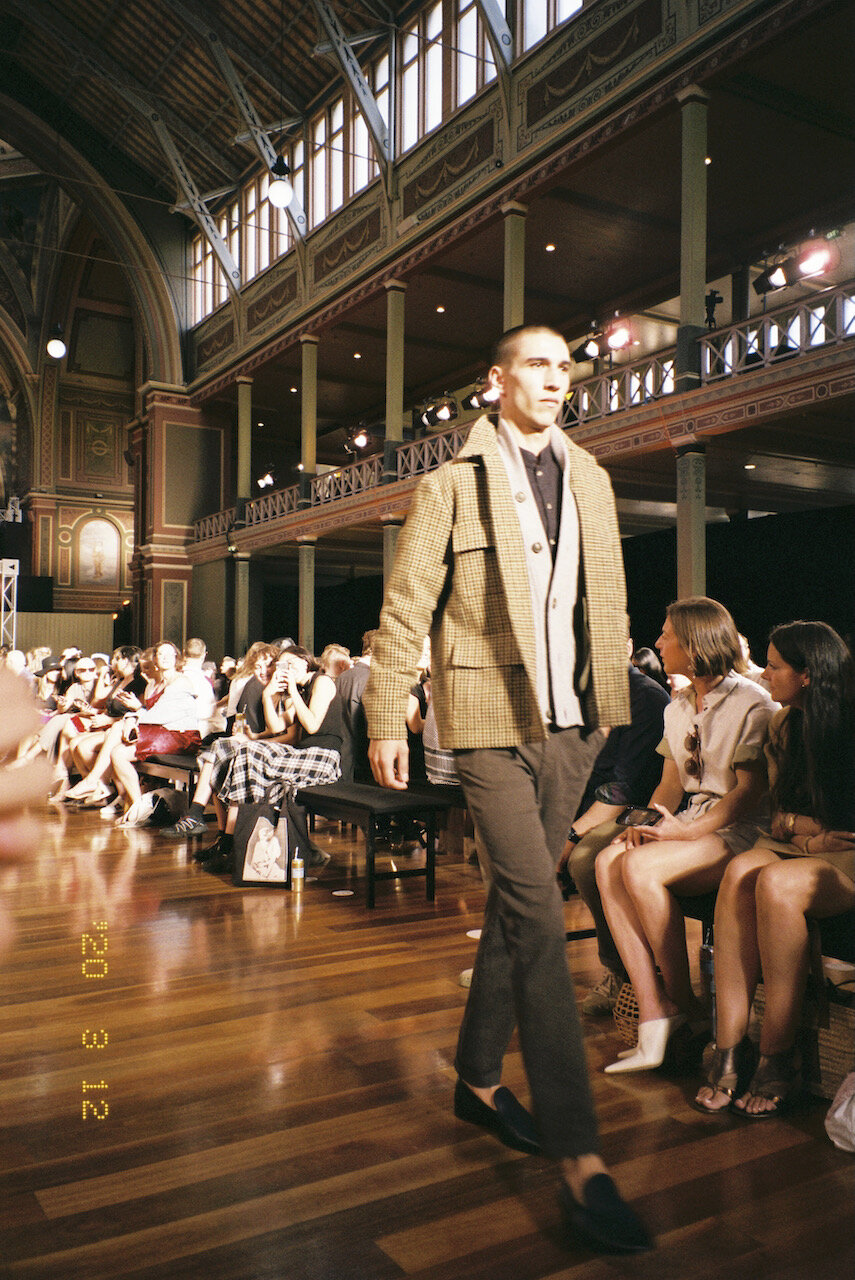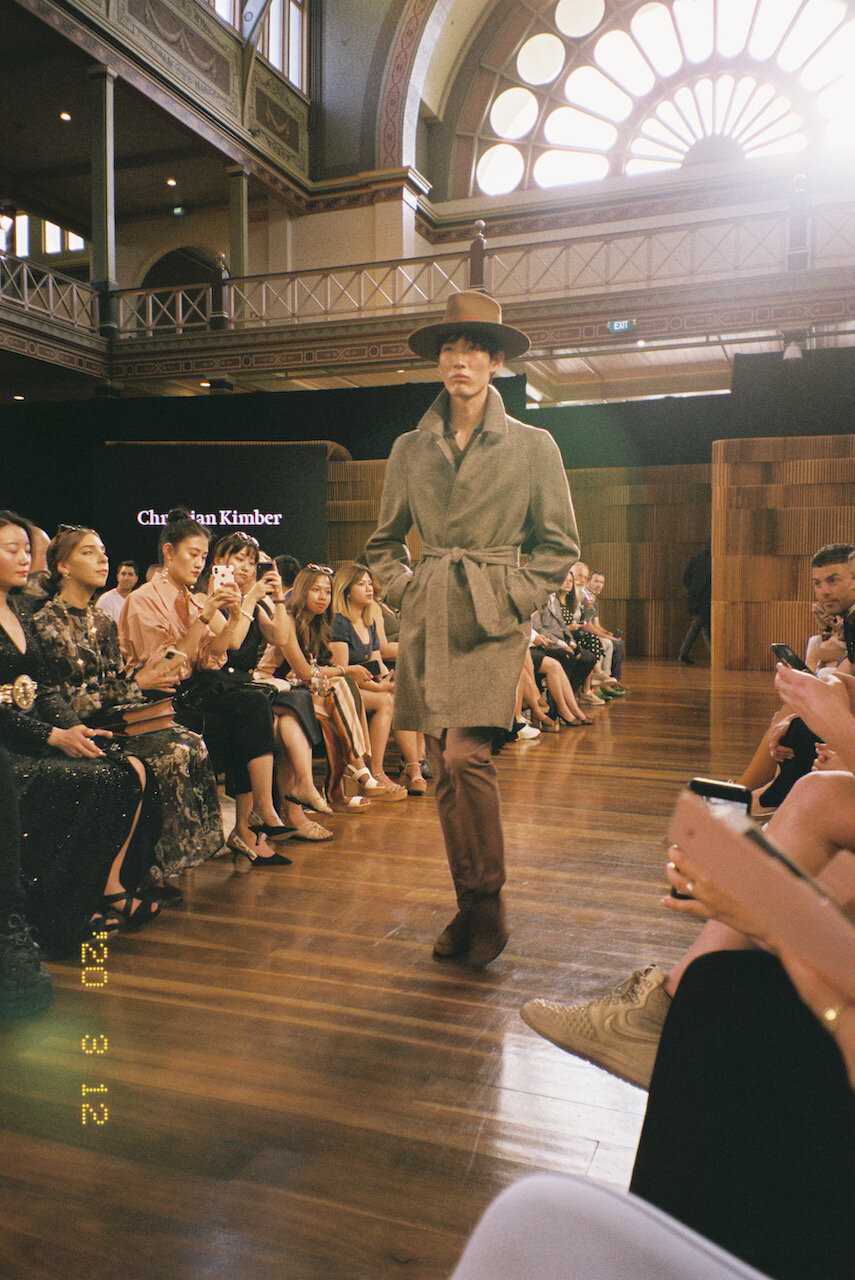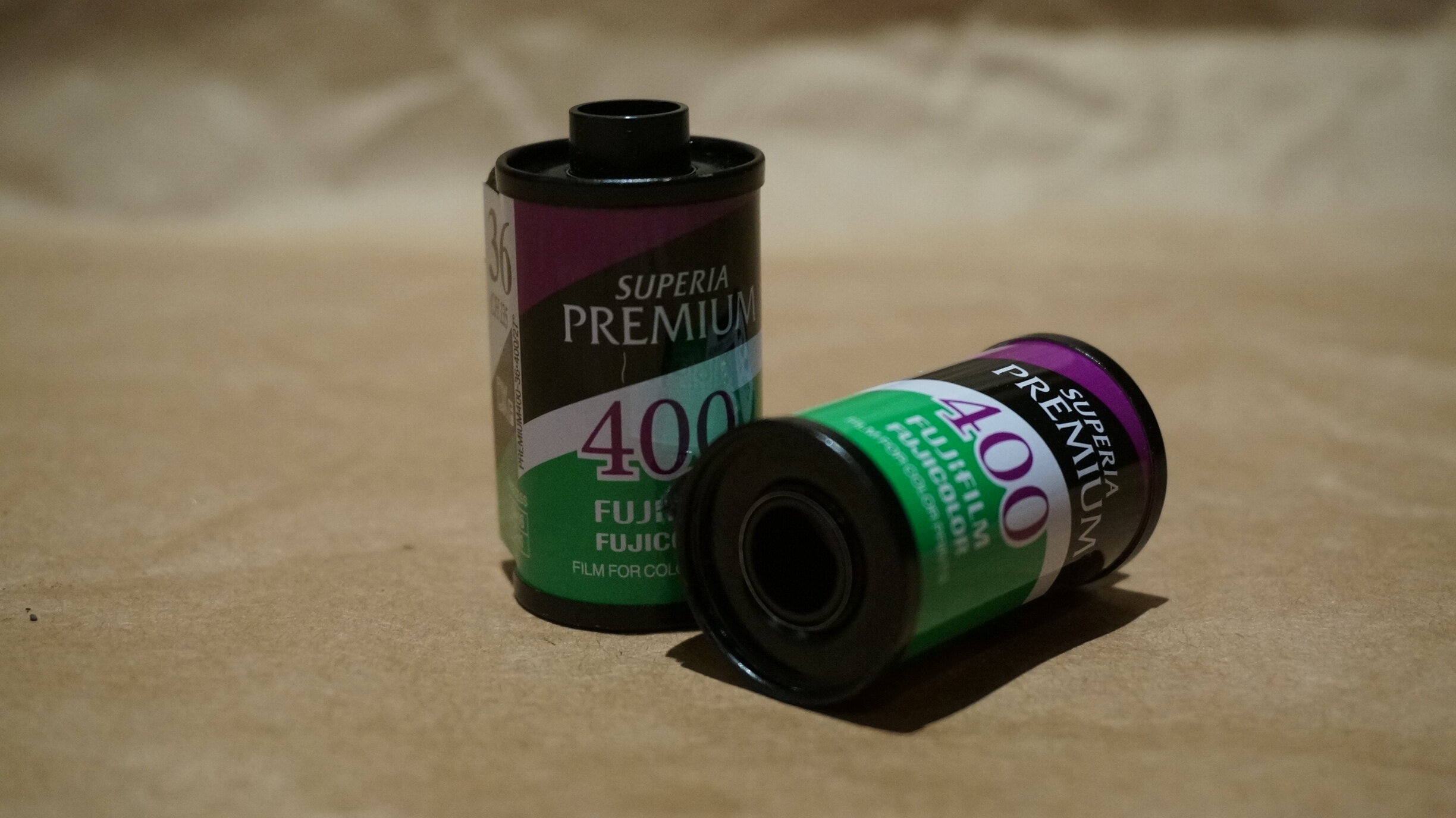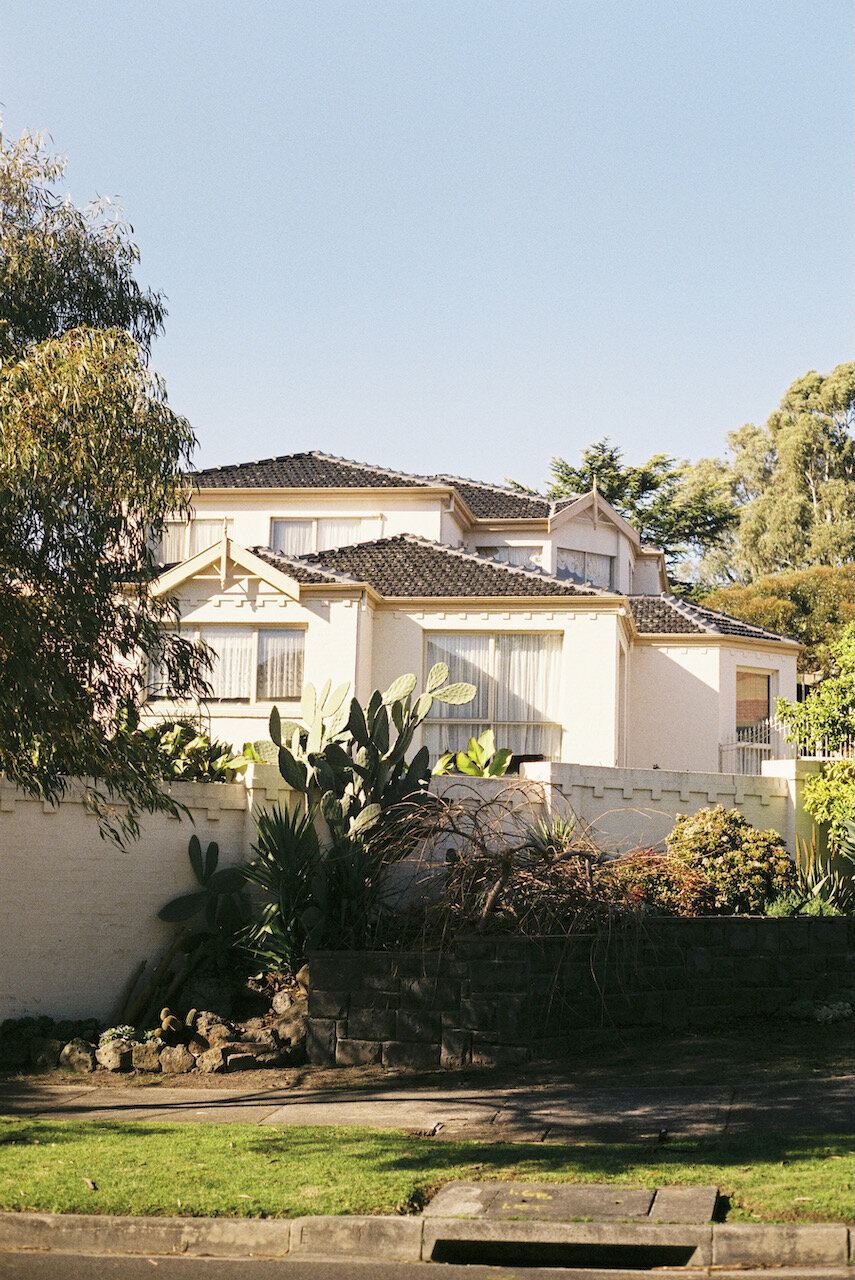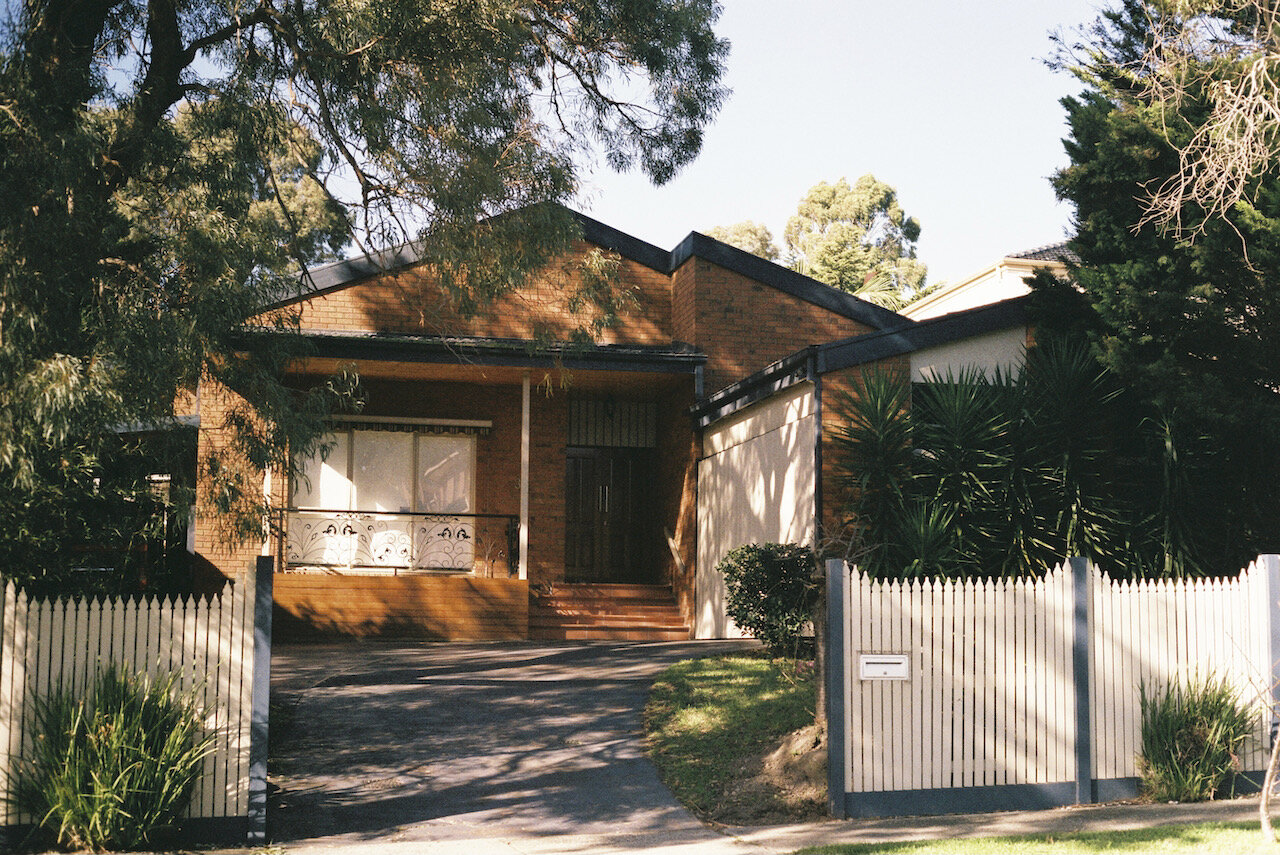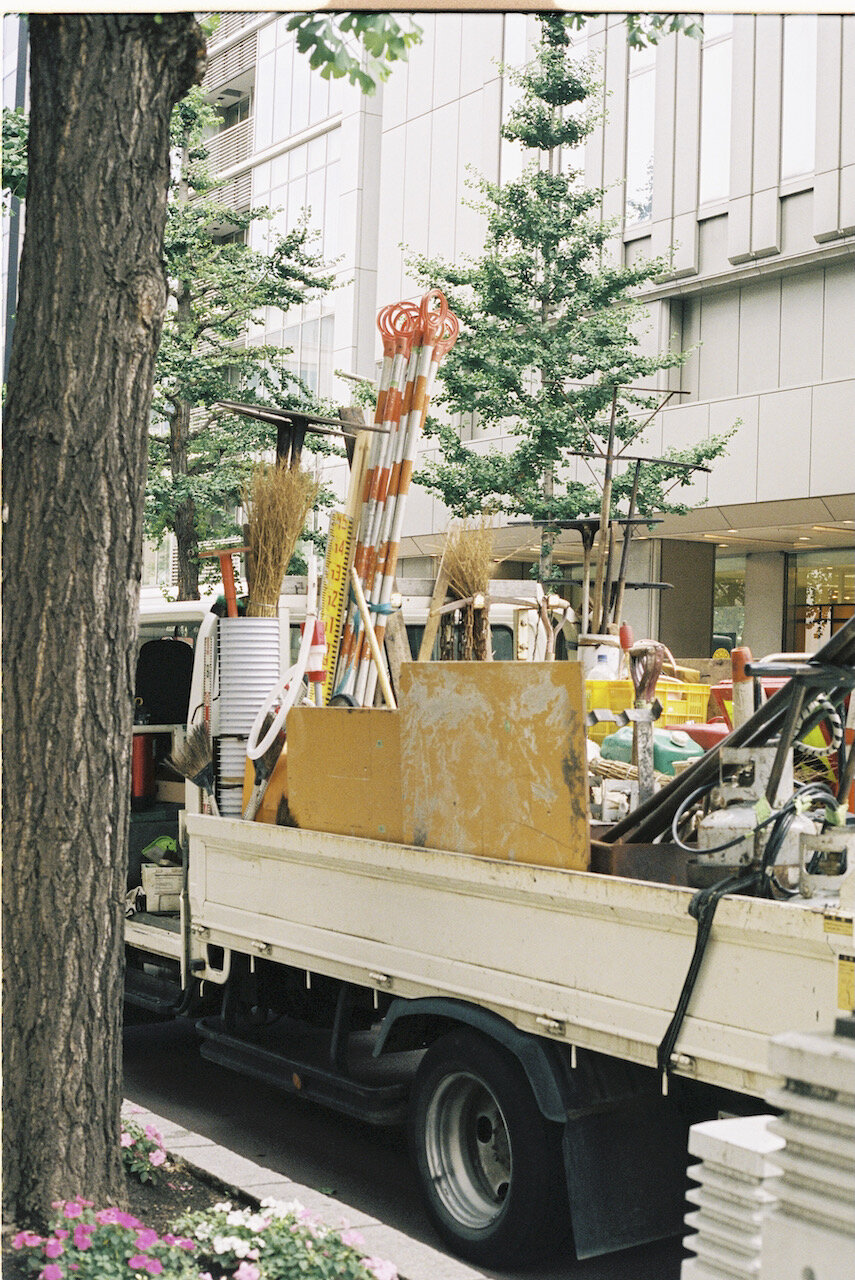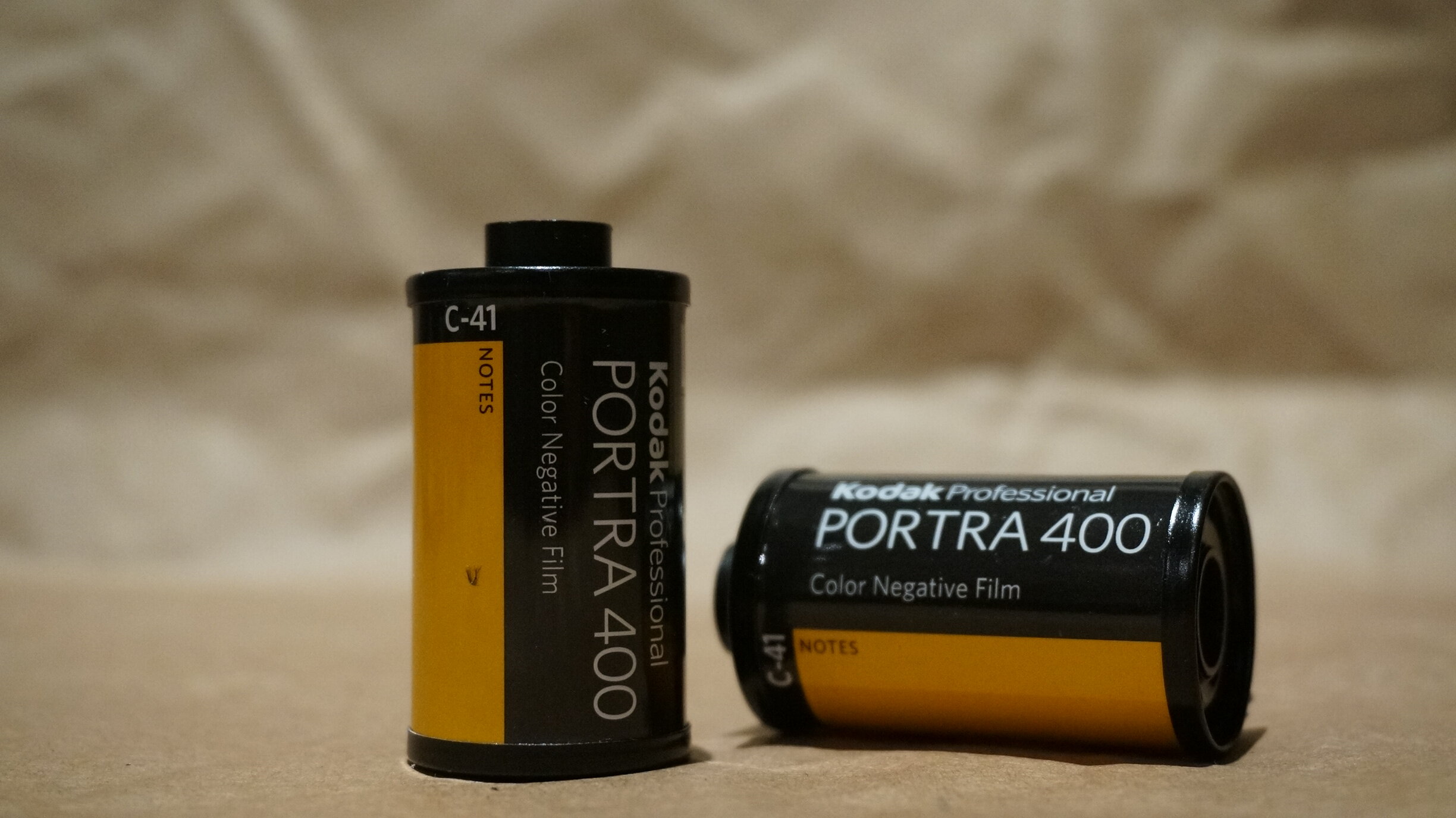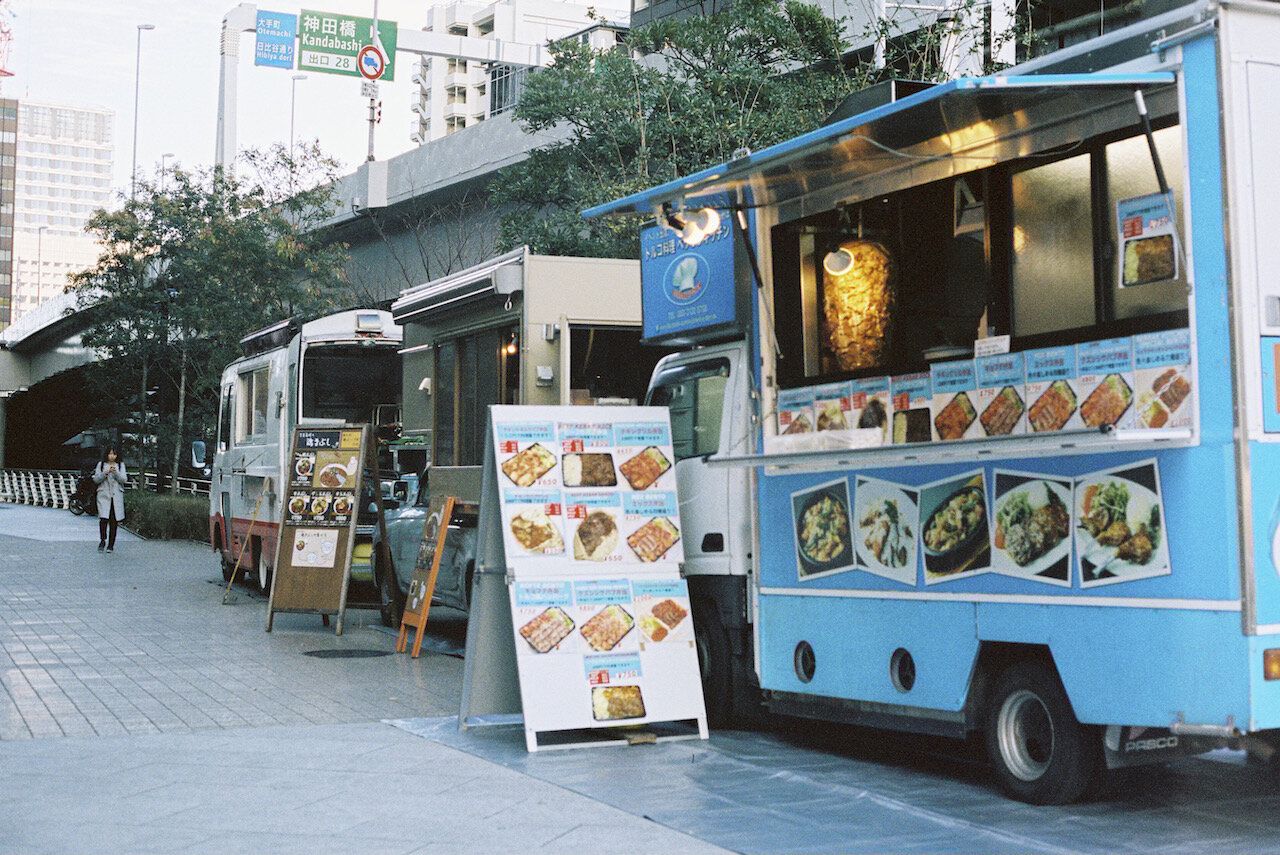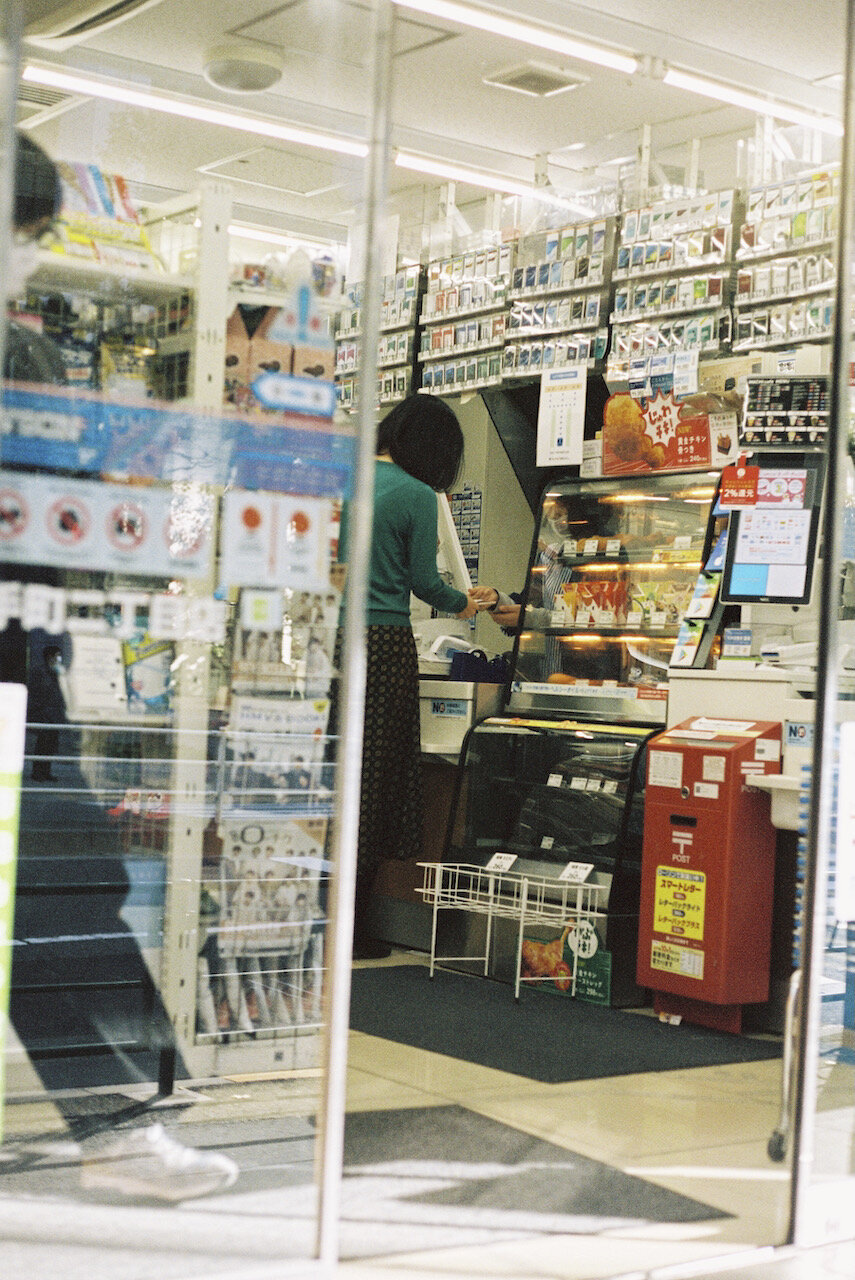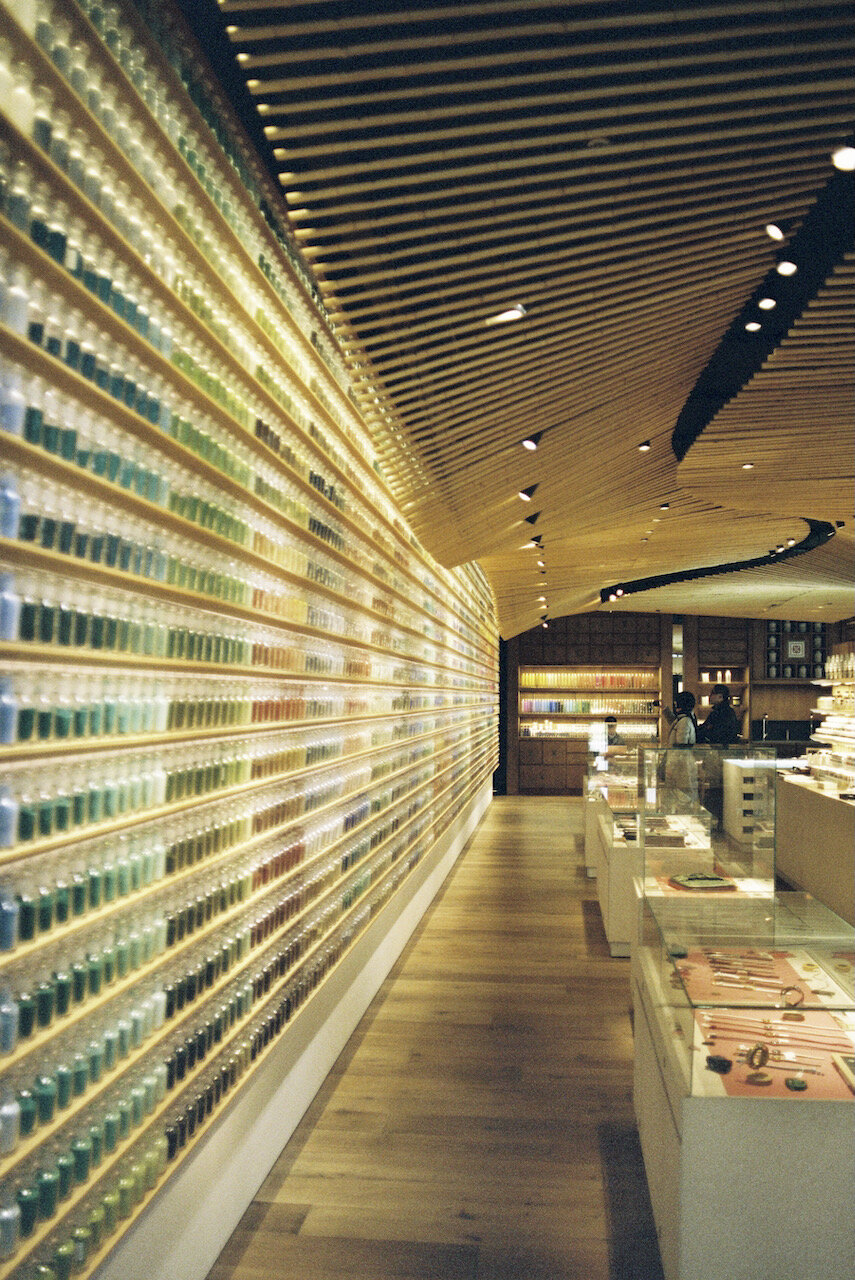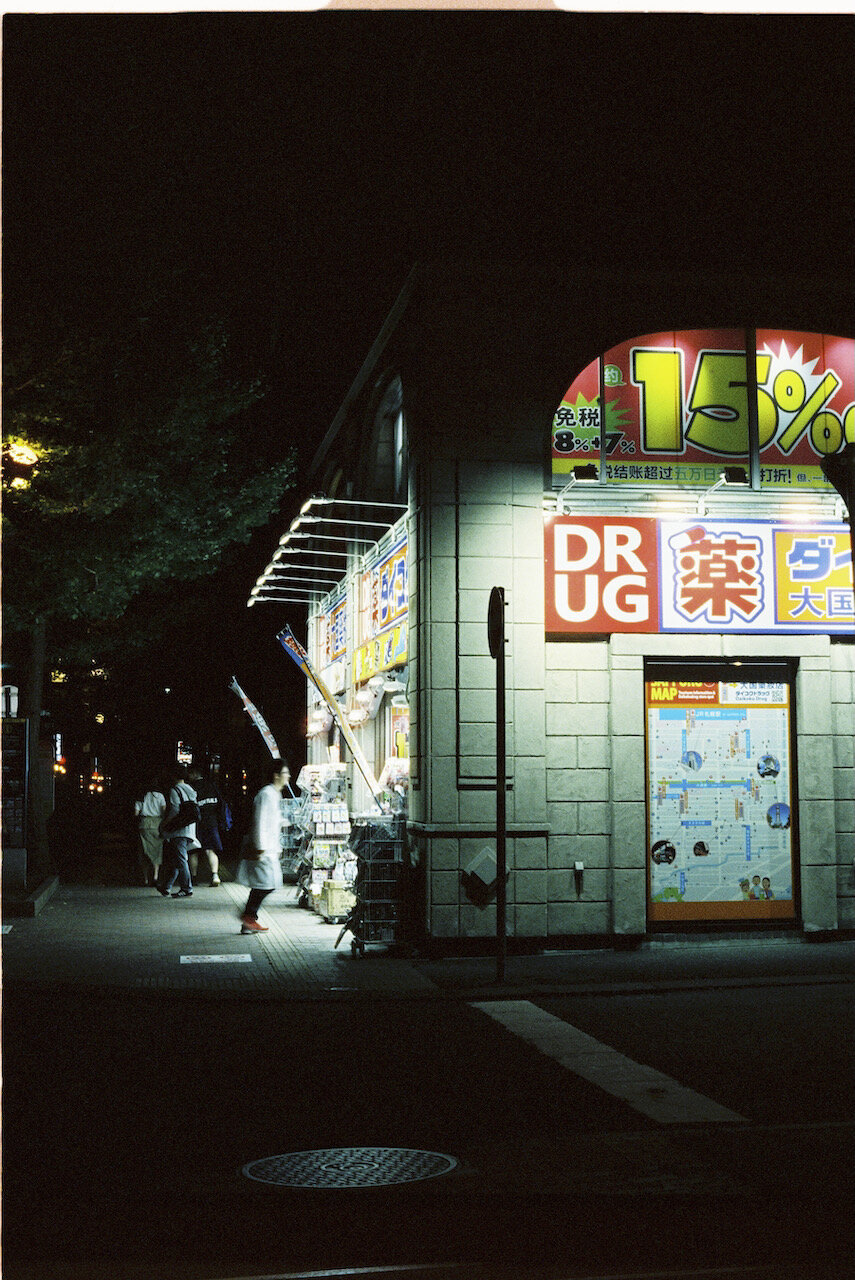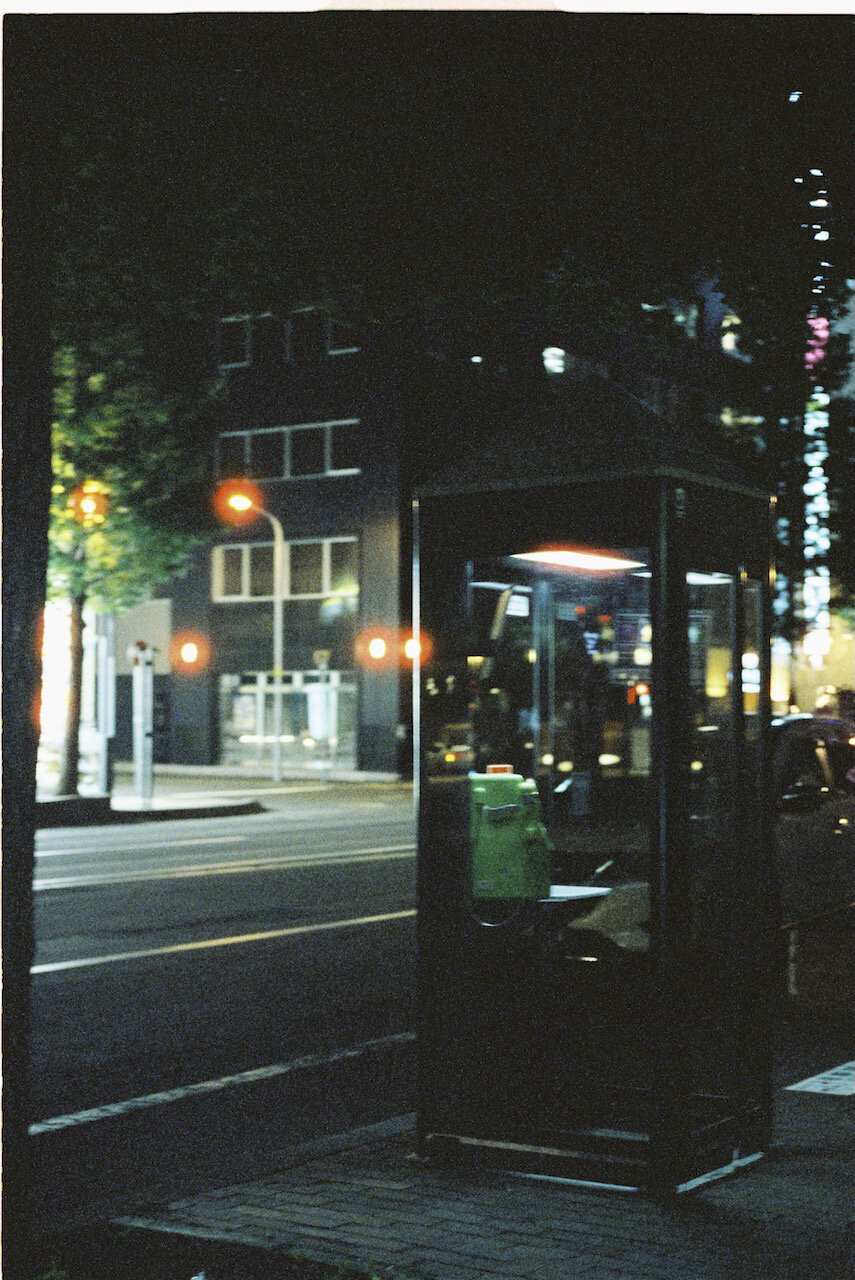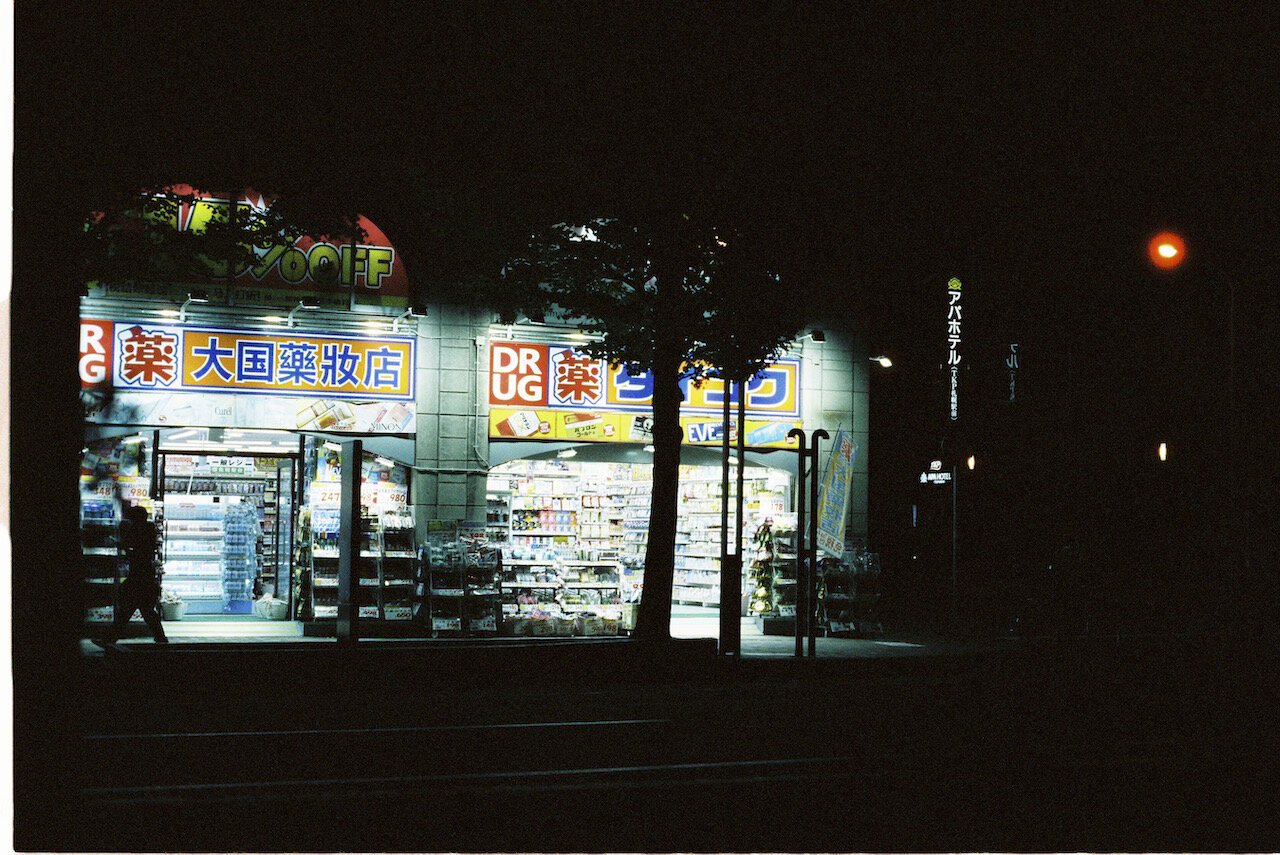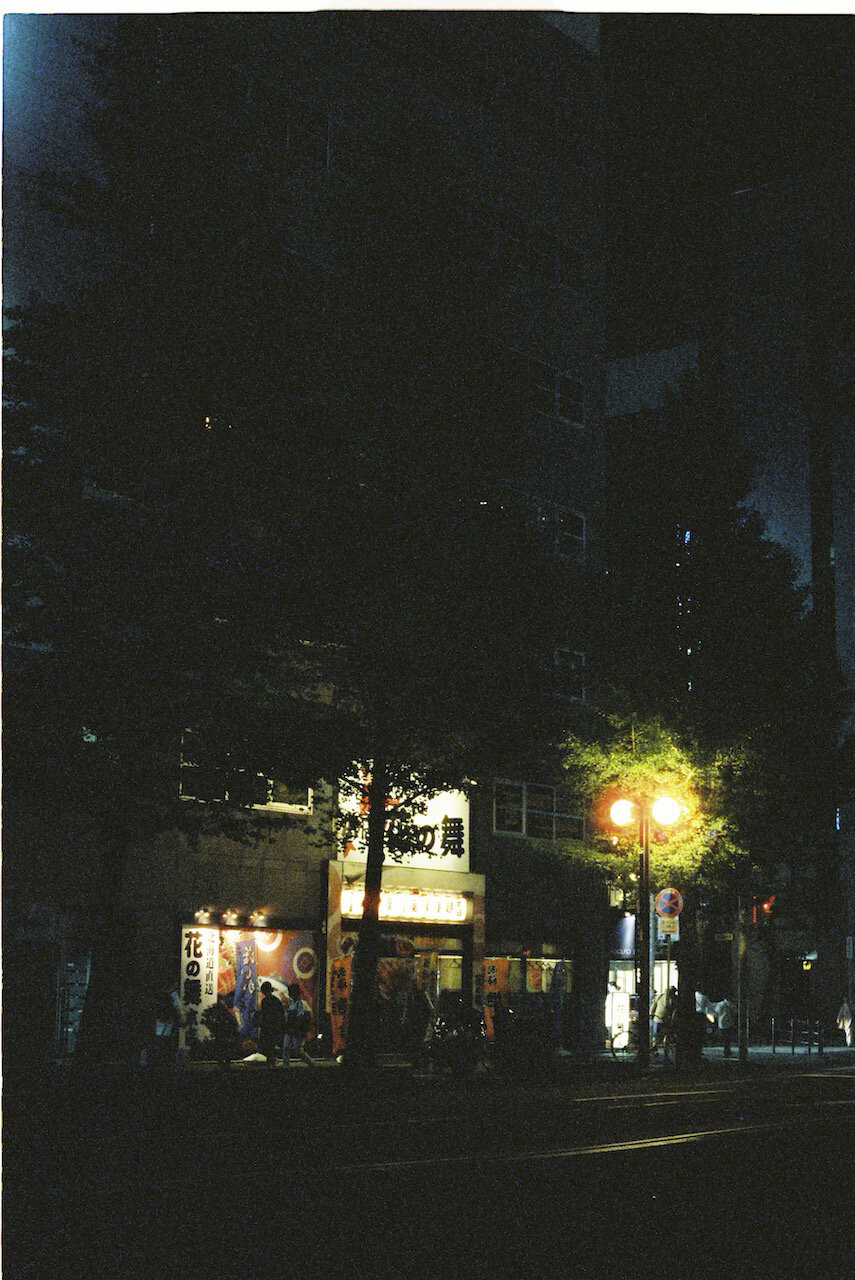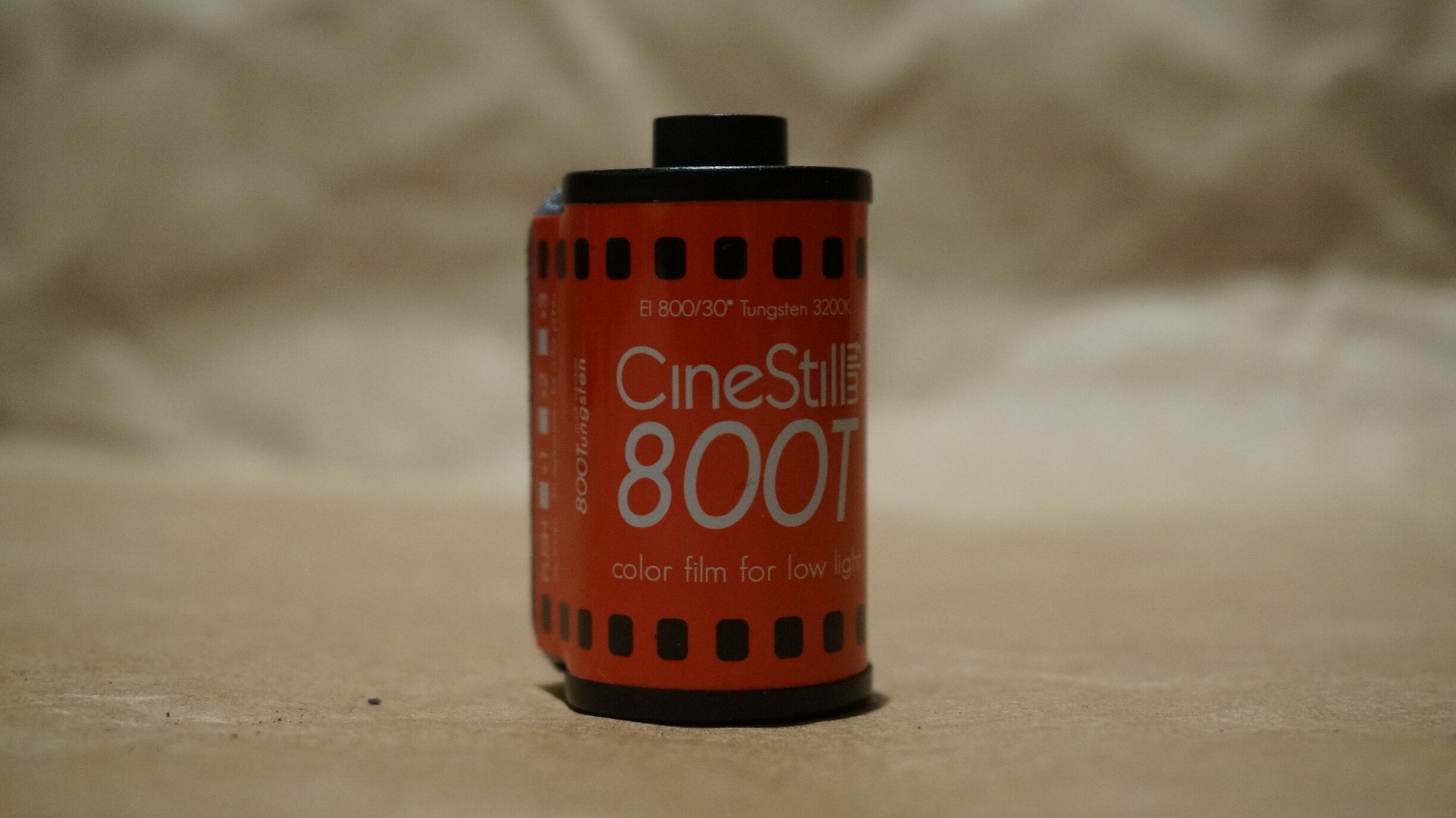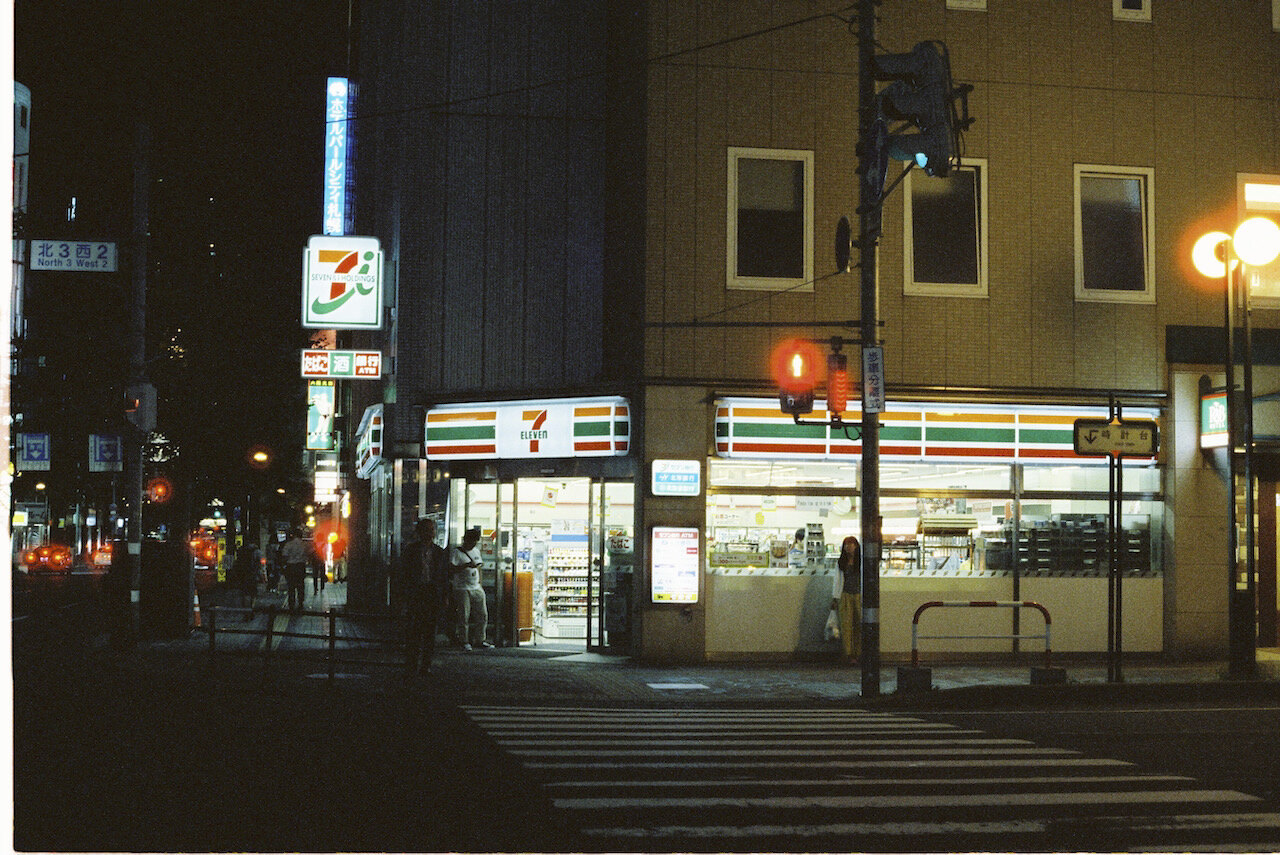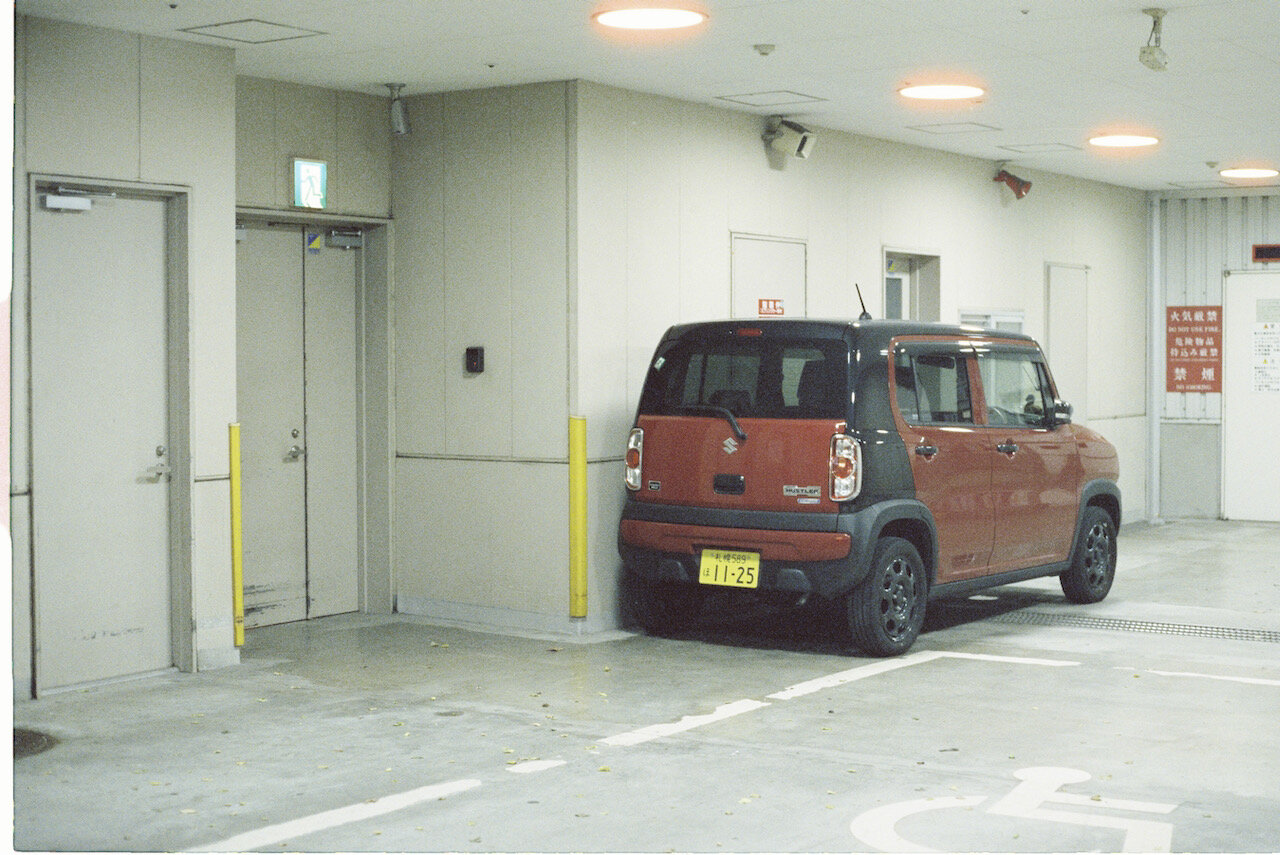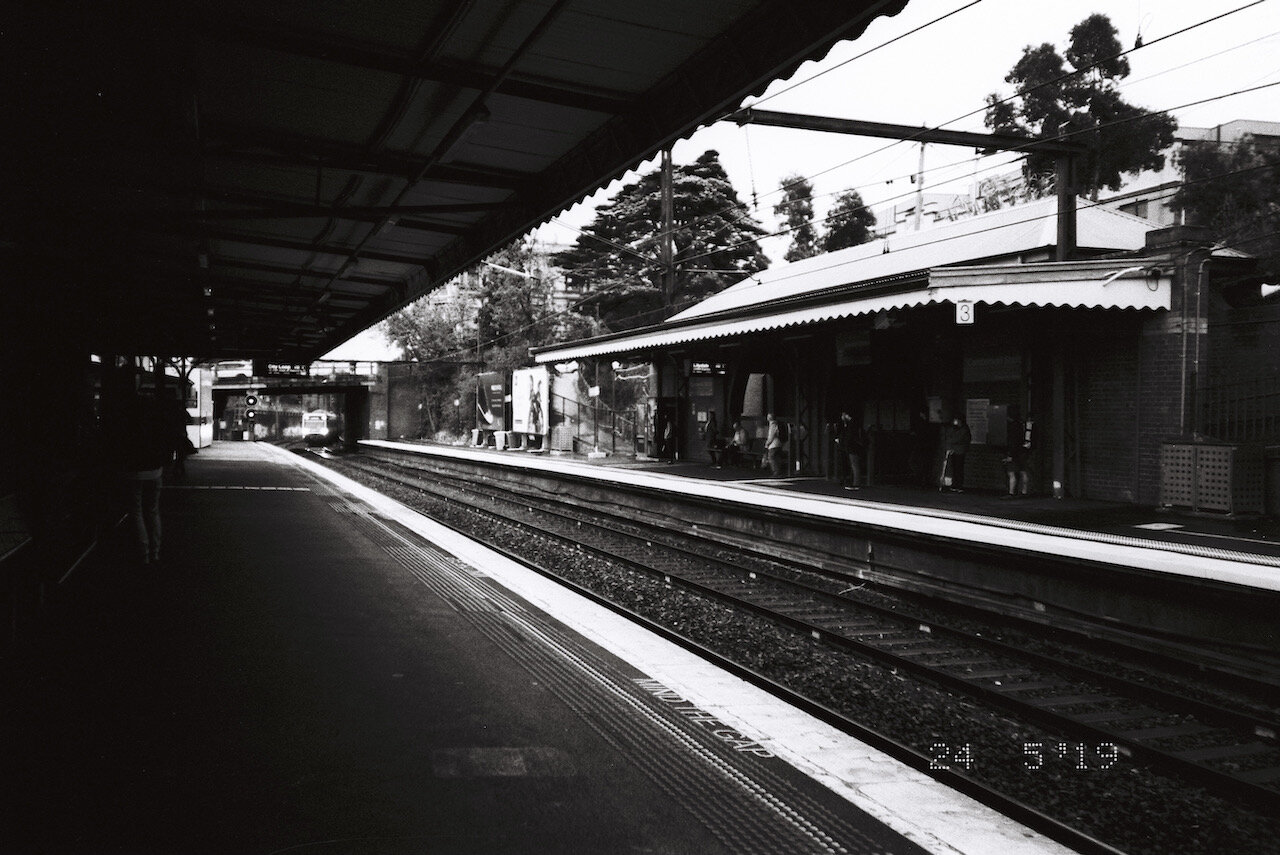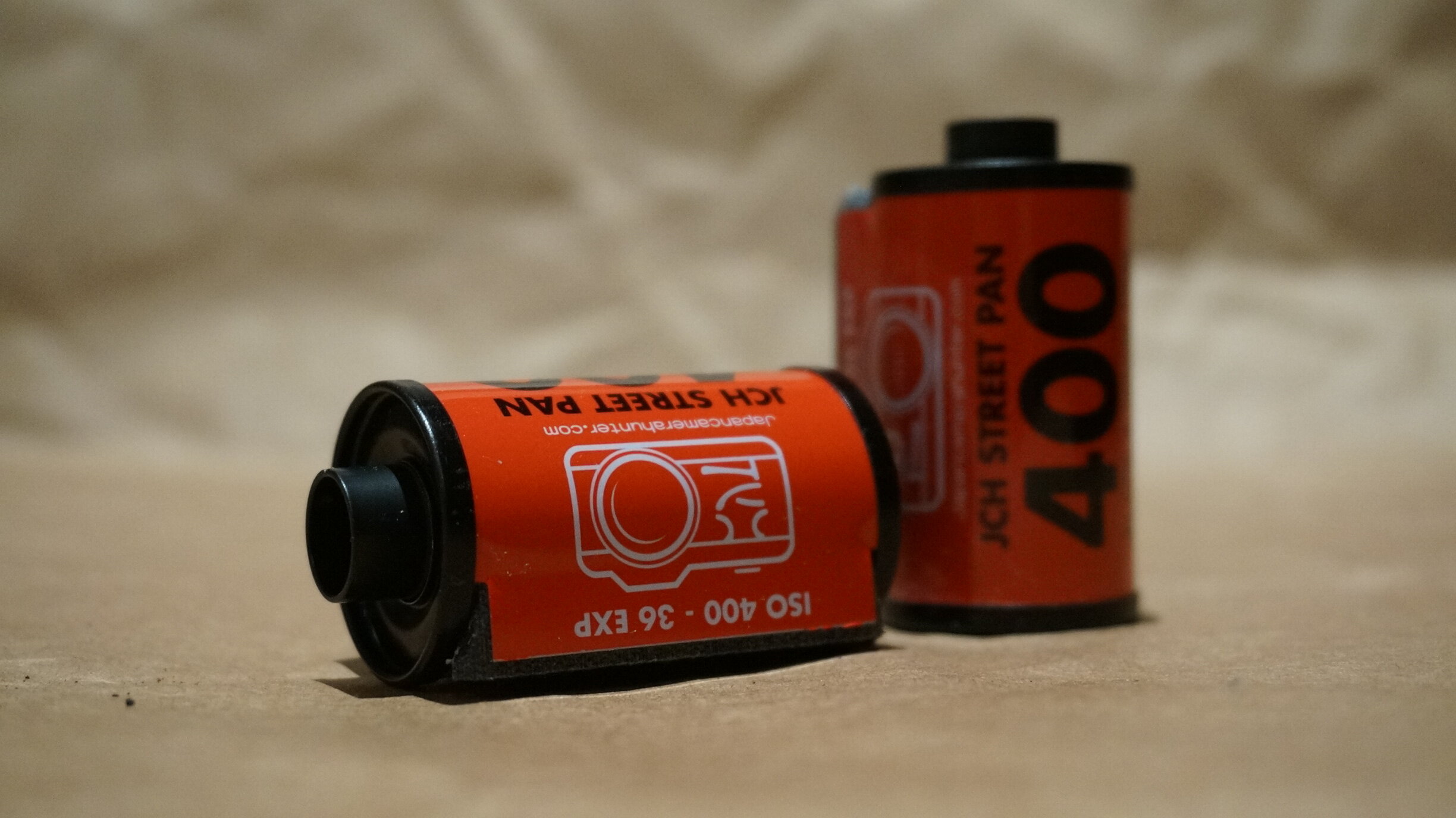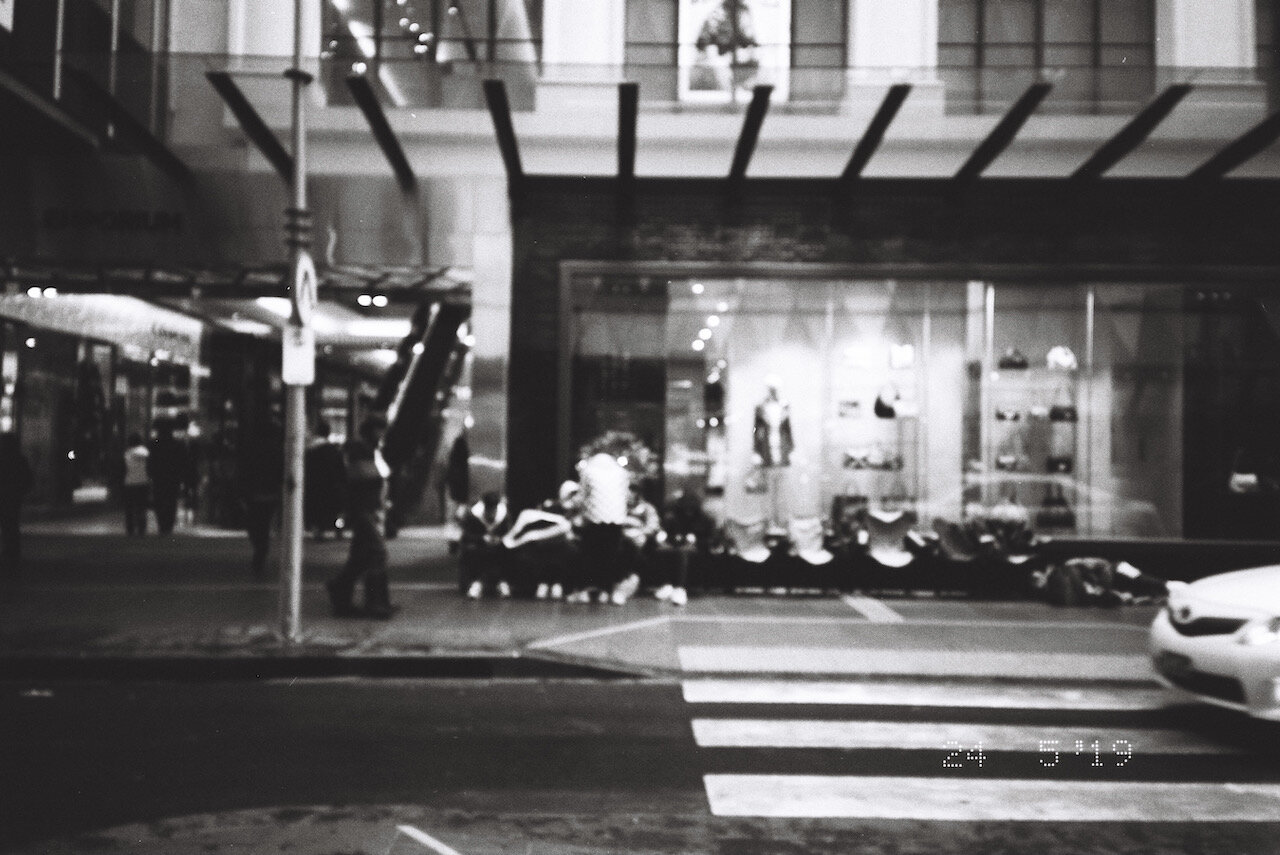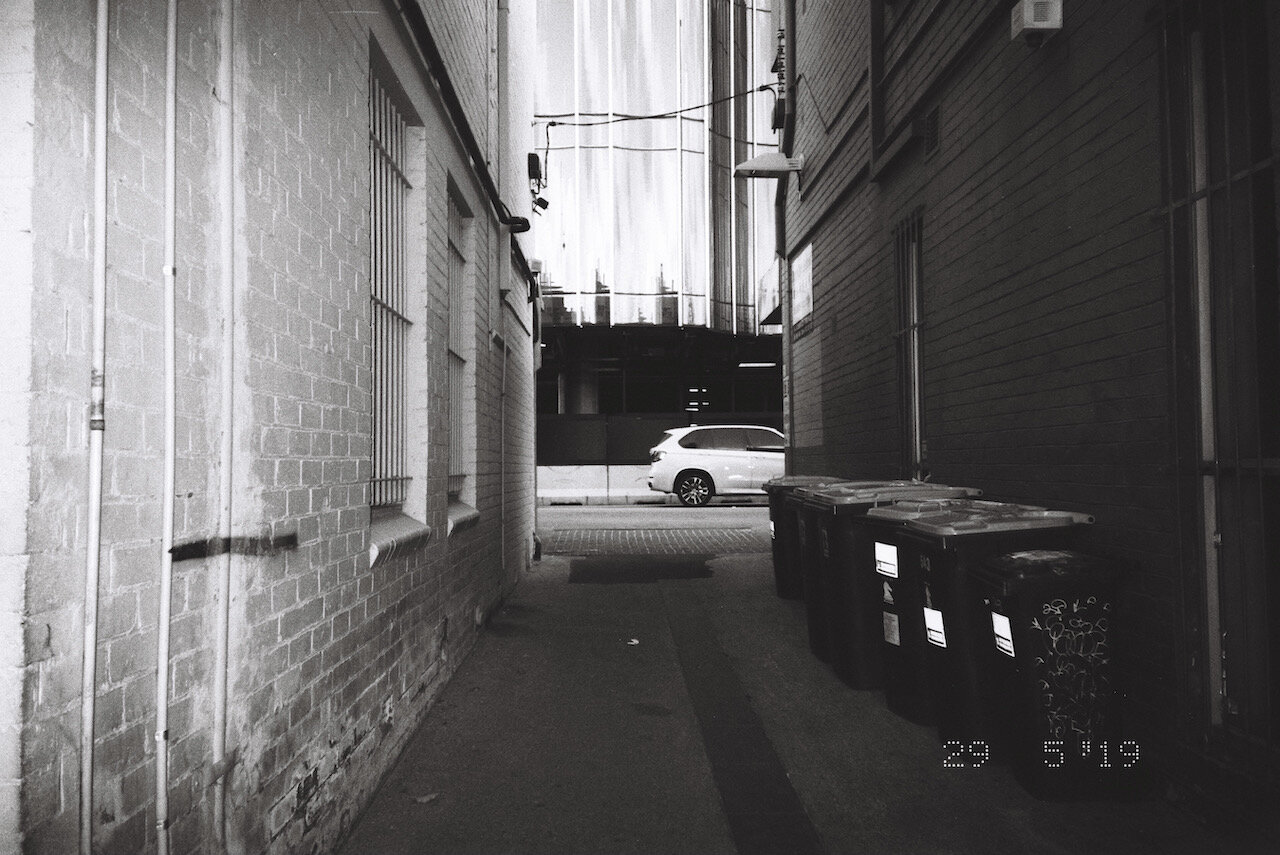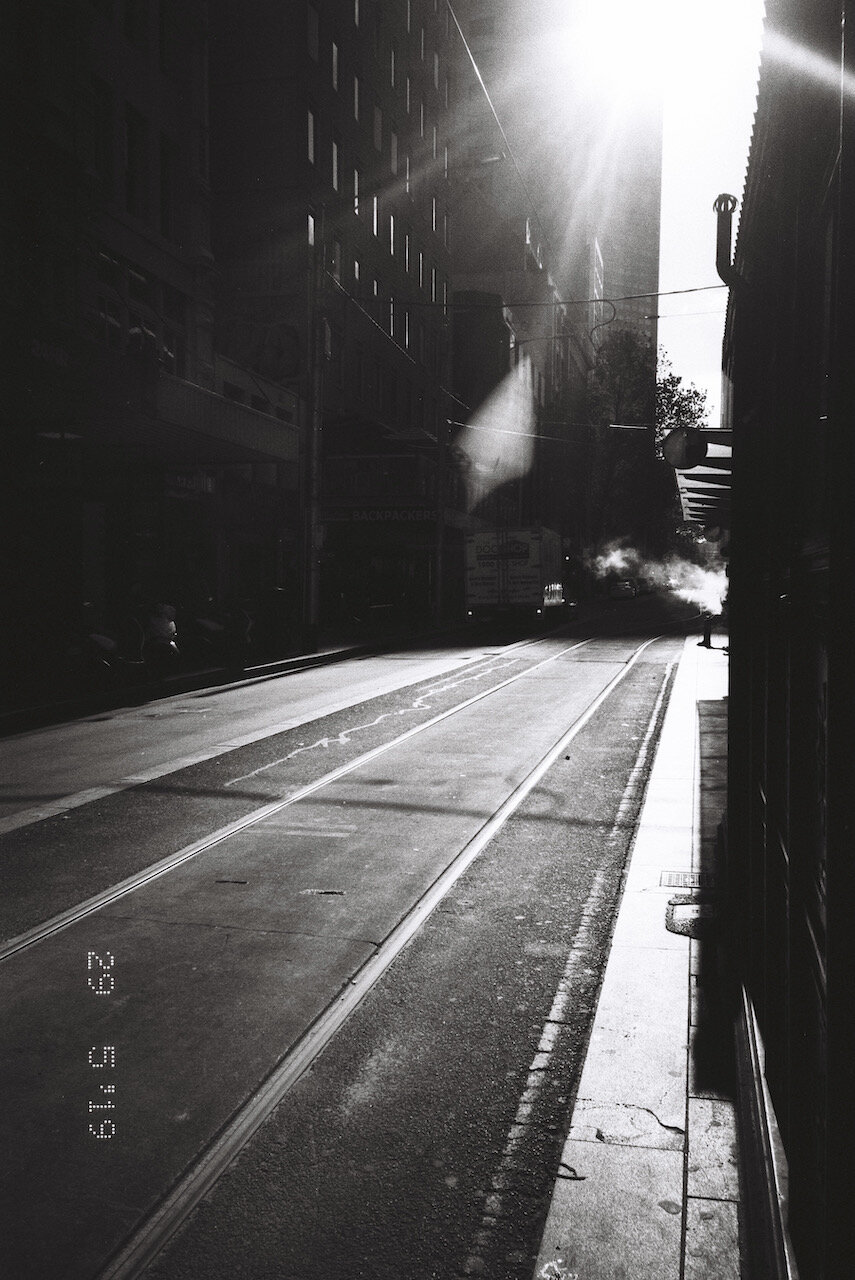These are through my own personal experiences only, and I’m only a novice!
Wind. Snap. Wind. Snap…
I came across film photography near the end of my secondary studies. At that point, while I was still aspiring to be a costume designer (possibly for the Australian Ballet), my friend had introduced me to the mechanics of film photography. Added with film portrayals of people taking their analogue SLR’s and reading Susie Salmon* taking that photo of her mother in the morning - I slowly dreamed about obtaining these mechanical wonders someday.
It would be right before I decided to move to Hong Kong for my first job that film (or 35mm) would properly cement itself as my constant hobby. After an impulse decision to visit Hong Kong as a graduation trip, I took my family’s latest point and shoot with me and dragged my friend to Choi Hung Estate to fulfil that particular Instagram Photo. It didn’t take long for me to become enamoured with the process, and soon after working in my first job in my hometown - and after the hasty purchase of my trusty Canon Ae-1, as well as constantly being asked to get out of the house to explore what the neon city has to offer, it didn’t take long for it to become my preferred photography method.
And soon, after discovering Willem Verbeeck’s video on how to develop colour film (he recently uploaded an updated version too!) - my little hobby grew beyond capturing light but developing the negatives too. Sure the chemicals don’t have the best aroma, but the practice of pouring liquid and concentrating on the little darkroom tank within my little space was great escape. Just thinking about the images slowly revealing themselves when they’re no longer light-sensitive is great.
My first time developing Fujifilm Superia Pro 400 was a disaster, cause I over-soaked them…
There’s something lovely about taking the time to frame a narrative within the negative. You only have one chance and with limited options within one roll of film (especially when it’s a relatively costly one too!), you’re prone to appreciate your surroundings more before deciding whether you’d like to immortalise that moment. As someone who used to snap-hasty, taking film has also slowed my time in taking photos on my phones - I’m less likely to take bursts of the same shot, but rather appreciate the moment before freezing the moment. Let alone, being selective with the type of film you have also give you a form of creative license of the colours you’d like saturated or muted.
Below are some of my favourite films I enjoy using while taking photos. Although I should preface that I am more of a Fujifilm enthusiast given that I like slightly cooler tones, and the scanner I used are from Film Never Die’s Fujifilm Scanner. So I am a little biased.
ALL-TIME FAVOURITE
Fujifilm Industrial 100
a. Best used during Sunny Days
b. Scenic Photographs
I simply adore this film for their sharp colours and the lovely contrast between green and red. I first used this film when my family went to Summery Hokkaido. That day the sun was quite overwhelming, however, it made the subjects pretty sharp. This became my constant staple in my later trip to Japan. Areas that were relatively green, and that my phone would not do it justice was aided by this film. Although it is a film that has low sensitivity to light, it still worked relatively well on overcast days - after all, it gave character to shots of my Ghibli Museum.
Although be warned that contrast of colours is better for this film. Otherwise it’d be a little blinding.
Kodak Pro 100
a. Best for street photography
b. Sunny days / a little bit of overcast is okay
c. Portraits are pretty good!
Okay okay, I know that I said I’m more of a Fujifilm person - Kodak Pro was the first film that I feel in love with Kodak. Again as it’s Iso 100 - it does need a decent amount of light to make it work. One of the reasons why I’m slightly hesitant to take photos with Kodak is because of the warm filter they tend to have in their films, which I’m not terribly a fan of. However, after a stroll in gloomy weather in HK and a few snaps with my friend - I was pleasantly surprised by it’s colours. But then I had a Rollei SE35, and their lenses are known for enhancing colours.
Lomography Berlin Kino 400
a. Low contrast film with a bit of grain
b. Black and White
c. Perfect for nostalgic moments and architecture
When it comes to black and white, in contrast to my own Instagram’s high contrast black and white image - I love Lomography Berlin’s soft black and white contrast. After being kindly invited to Peter McIntyre’s River House, I used Berlin to capture McIntyre’s care for the home. It gave a nostalgic feel which I loved - argh! The photo of the spiderweb is my favourite, a graceful aging of the beautiful architecture. I’m not someone who enjoys taking black and white photos as much, but this film certain makes me want to hunt for historical places to capture…
Lomography 800
a. Super saturated and vibrant colours
b. Street / Urban and Portrait Photography
This is one of my favourite films when I want super confident and vibrant explosions of colour. This was the perfect film for me when I was practicing my camera gear at the bird market (a popular tourist attraction in HK), it made the limes and rubies and sapphires on the parrots’ feathers shine. Even on rainy days, the fire hydrant is quite a character. Given it’s high sensitivity to light - it’s pretty effective for evening shots - and is my backup when my Cinestill 800 is not in my gear. Not to mention - this film is a little easier to self-develop than Cinestill (which nearly cost me a couple of images when I tried…).
Agfa Vista 200 (Discontinued)
a. A classic all rounder film
b. Great for scenic moments, portraits
c. Overcast days and sunny days
d. Flash photography friendly
A little bit cruel to put this in however, Agfa was the very first film I used after I decided to hop on the analogue train. I still stockpile these - and use them for very special occasions only. However, there’s a lovely balance with Agfa Vista, and the sharpness in the colours makes overcast days quite romantic (you can definitely see a pattern here - I was in HK during my most overcast days ha!). It was a great film for parties as well, makes flash photography rather appealing. It’s probably one of the reasons why I’m quite drawn to Lomography 800 (still need to try the 400) and Fujifilm Superia Premium 400 - where colours are quite similar (though Lomography is a tad more saturated!)
Fujifilm Superia Premium 400
a. Fine-grain
b. Great for scenic moments, portraits
c. Overcast days and sunny days
d. Flash photography friendly
When I can’t bring myself to use Agfa Vista, I turn to this champion here. Fujifilm Superia Premium is one of my staples and go to mainly because of its colour development. It’s a trustworthy one that guarantees good colour balance and sharpness no matter the weather. While I’ve still yet to test this one during the evenings, you can guarantee that this is in my emergency kit during the daylight hours.
Films that I still yet to master…
Kodak Portra
So long as you have a good lighting balance, or excellent lighting gear Portra is truly beautiful to look at - HOWEVER, because I am rarely in this position, my photos on Portra often falls flat. This is one of the highly popular film due to the processing of smooth and sharp skin tones (well the name is Portra…). However, in places that often have a relatively yellow cast (or it could potentially be my camera/scanner) it can leave a sunset glow which may not always be flattering on the photos nor subject matter.
Having said, this seems to be something I struggle a lot whenever I use any Kodak films - Ultramax works once in while but it’s not an aesthetic I gravitate towards).
Cinestill 800
a. Neon light lover
b. Tungsten light friendly
c. Metropolitan night scenes are the best
d. Avoid using this film in daylight - otherwise lower your camera’s ISO settings
Good old Cinestill guaranteed to make your evening shots lovely - except I would recommend getting it professionally developed rather than doing it yourself. Espceially if you don’t have the mechanisms to keep water temperatures even (film photography requires developing film in heated chemicals!). I’ve nearly lost a few of my frames due to my inexperience…
One thing about Cinestill is that it’s very sensitive to light that it makes daytime photography quite shocking… and so it’s best reserved for night time. Wait for the neon signs and fluro lights to appear - it’ll make the image worth it I promise.
JCH Streetpan 400
I’ve still yet to scan the negatives developed from Streetpan. But unfortunately, perhaps it’s the incompatibility of the chemicals - I’ve lost a lot of frames while trying to develop Streetpan at home. It’s got a lovely high contrast of black and white (which reminds me of my favourite Instagram filter - Inkwell). You need to have the right lighting to make this film work I find if you want a good outline of your subject matter.
To be honest, this list is ever growing - given that I still have a stash of film that I’ve yet to use and experiment with! With film making a huge comeback, and given that some of us may find ourselves walking a lot more for leisure - it’s a great moment to experiment with this classic medium. Begin with a disposable (there are reusable ones!) to get the feel and see where it takes you!
